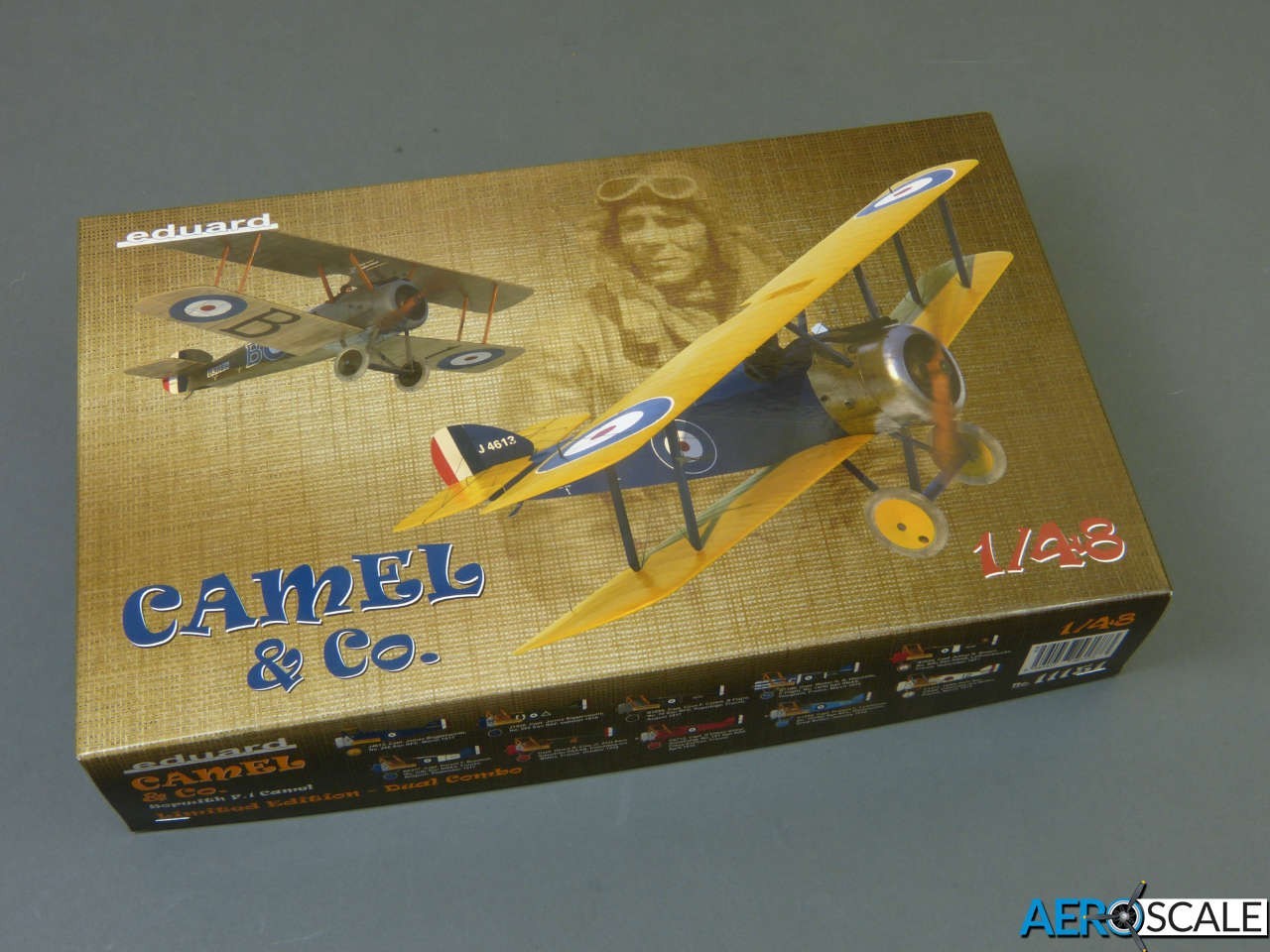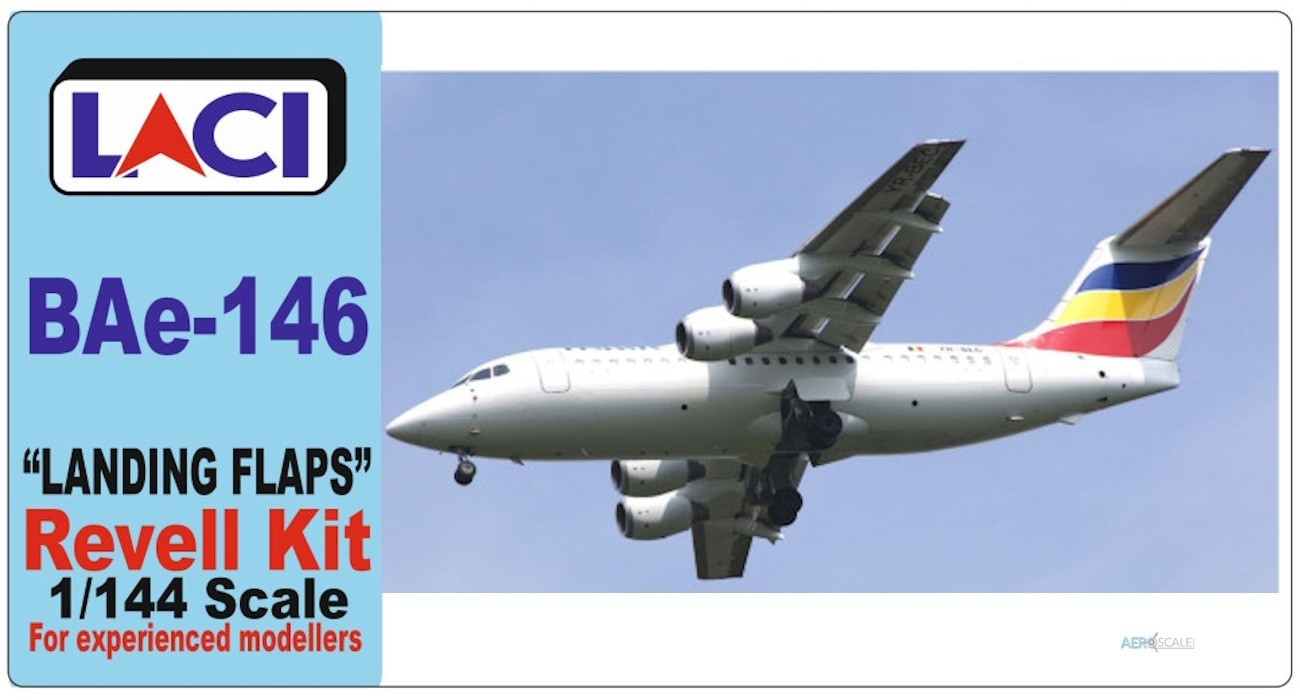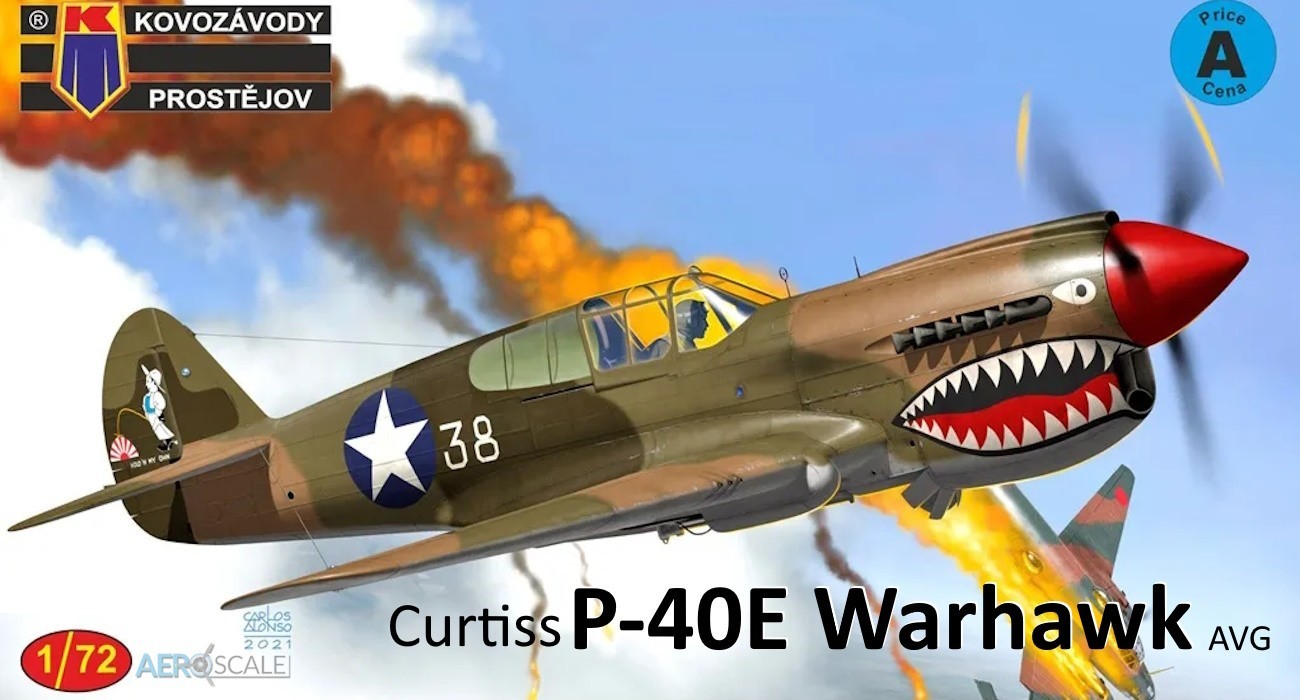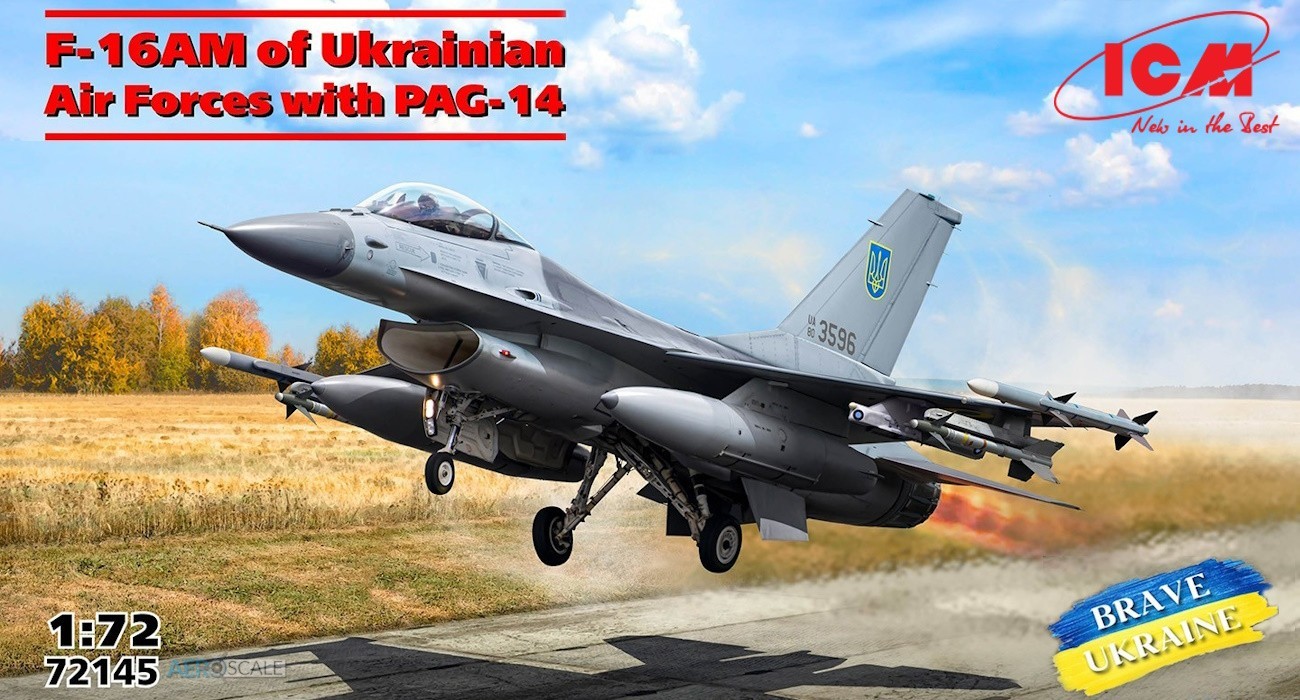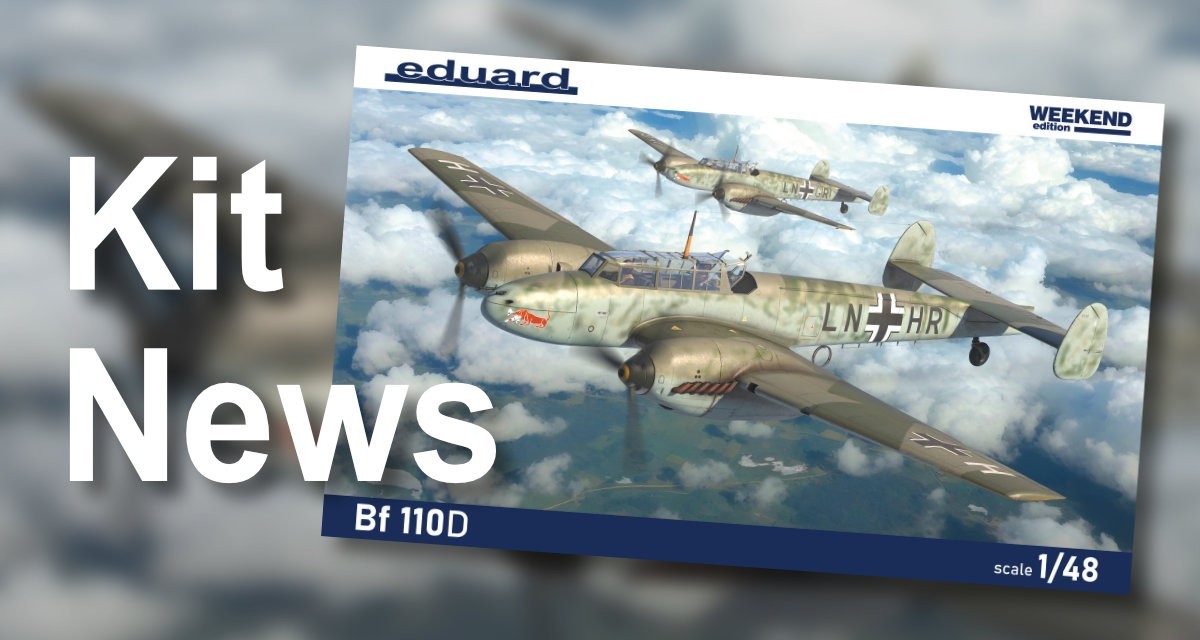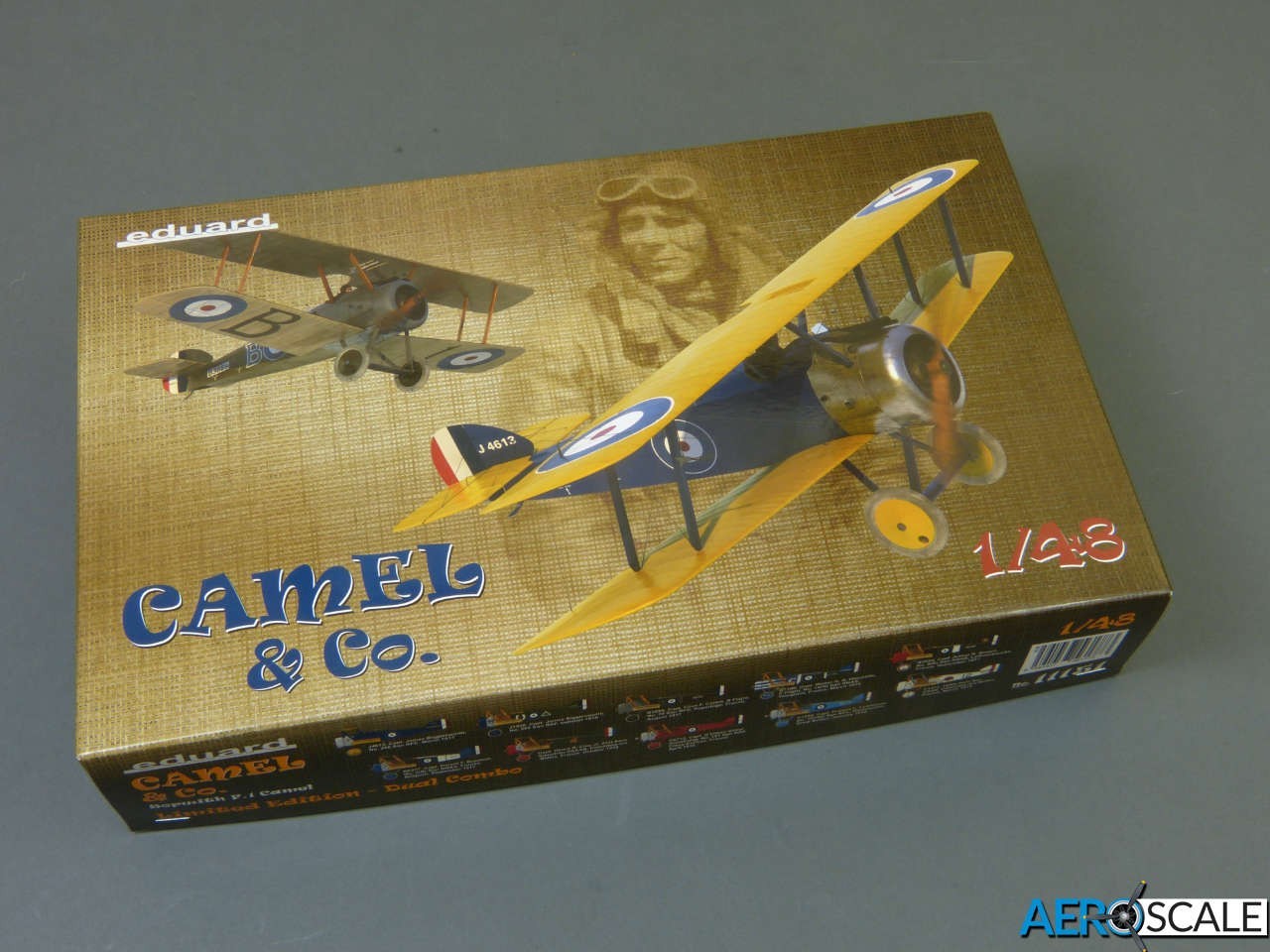
Of course, this isn’t Eduard’s first Camel. Its predecessor was one of the first kits I reviewed for Aeroscale, way back in 2003. Back then, it marked a major leap forward in technology for Eduard as they sought to become established in the mainstream kit market. 18 years later, Eduard rank among the top manufacturers, with state of the art moulding quality and accessories that eclipse many of their rivals.
The all-new Camel Dual Combo arrives in a very attractive top-opening box, with the runners for both models packed in a single re-sealable back. The clear parts are bagged separately for protection, as are the accessories.

Each model comprises:
89 x grey styrene parts (plus 42 not needed)
8 x clear styrene parts (plus 7 not needed)
44 x photo-etched parts
A sheet of washi tape masks
So, double this parts count for the Dual Combo, and add an impressive selection of decals for no less than 10 colour schemes - all of which are very attractive, some being truly eye-catching, with a couple of them something of a surprise (more on that below) - and you have a really impressive first release for Eduard’s new Camel.
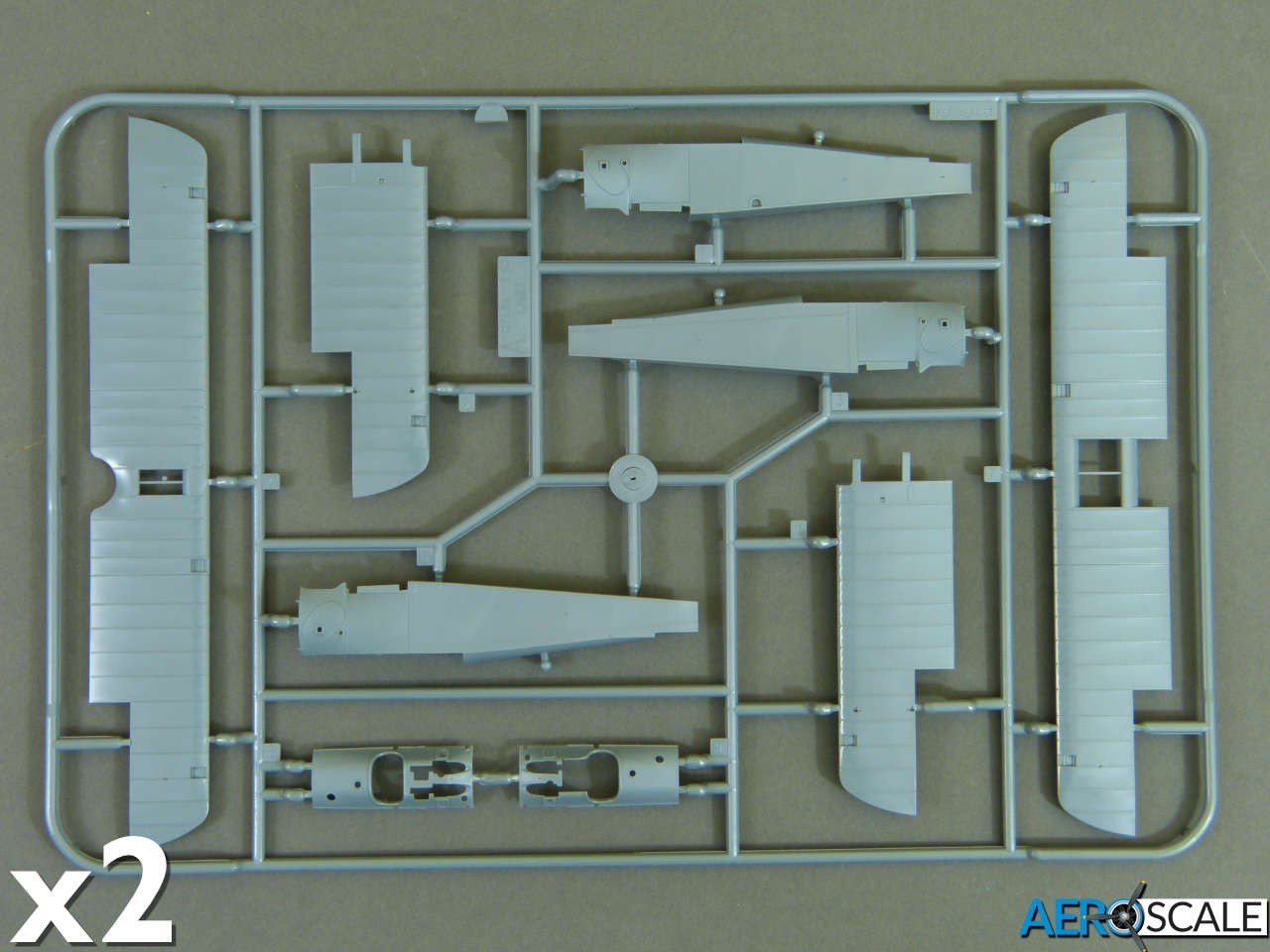
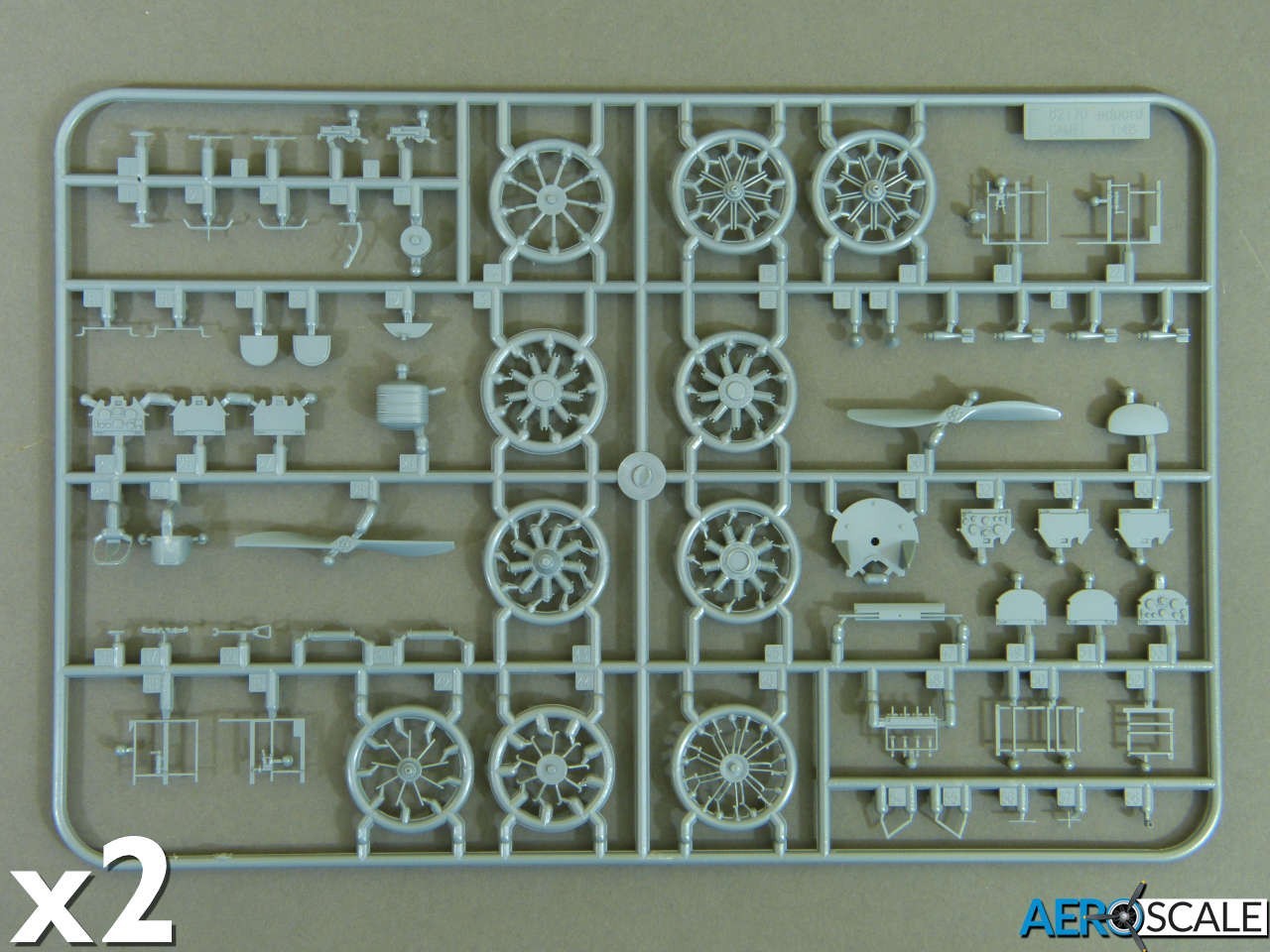
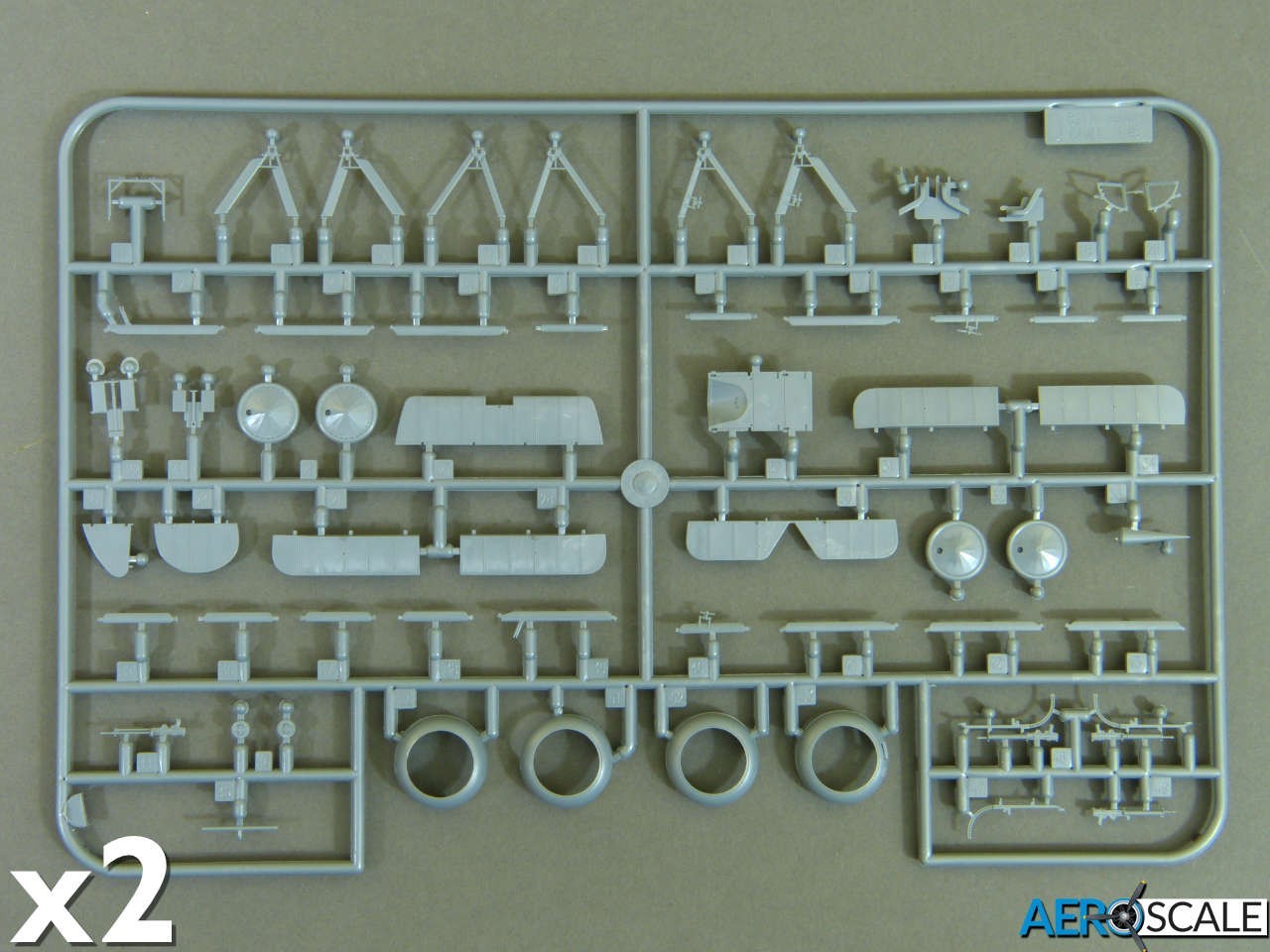
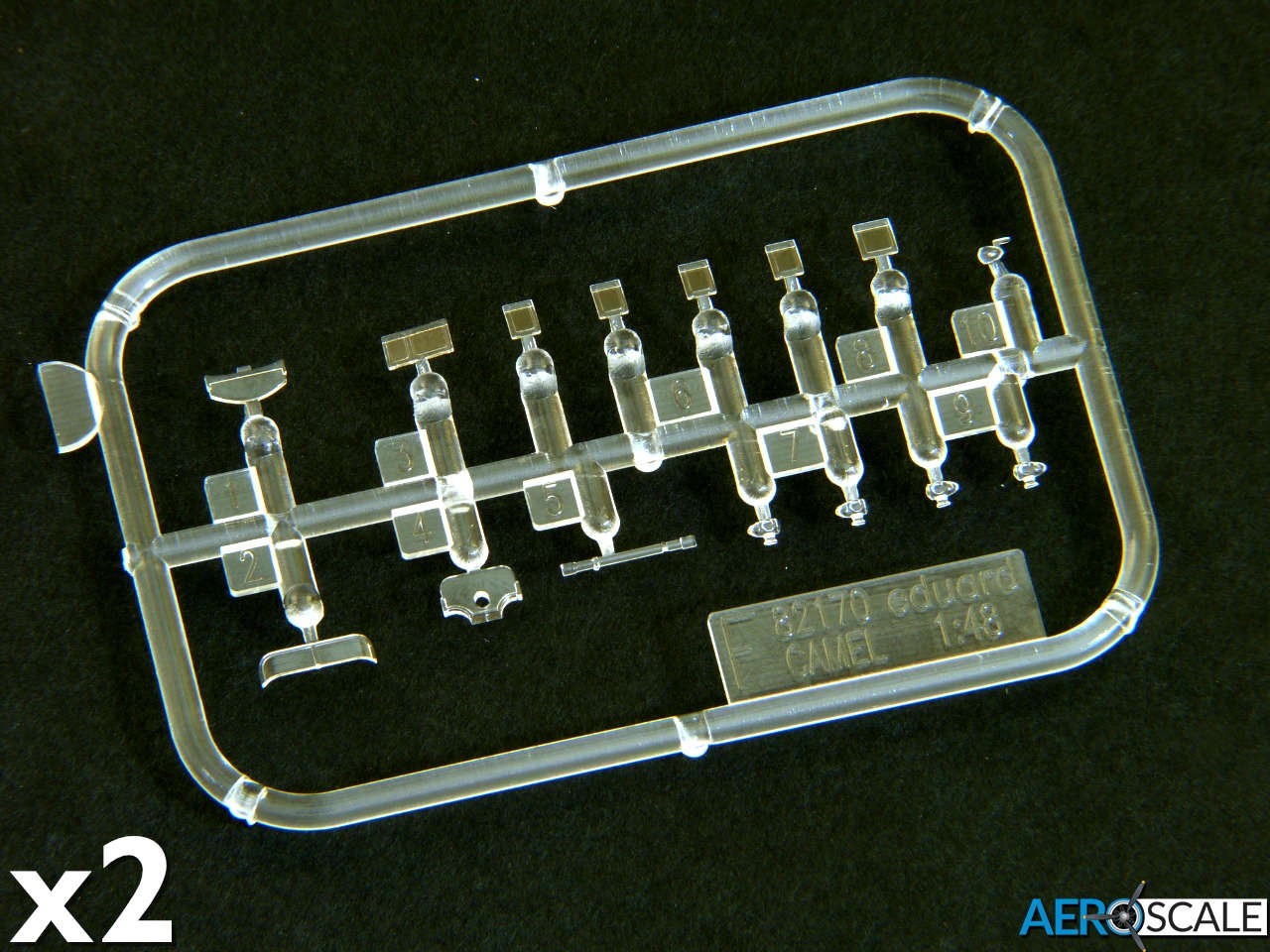
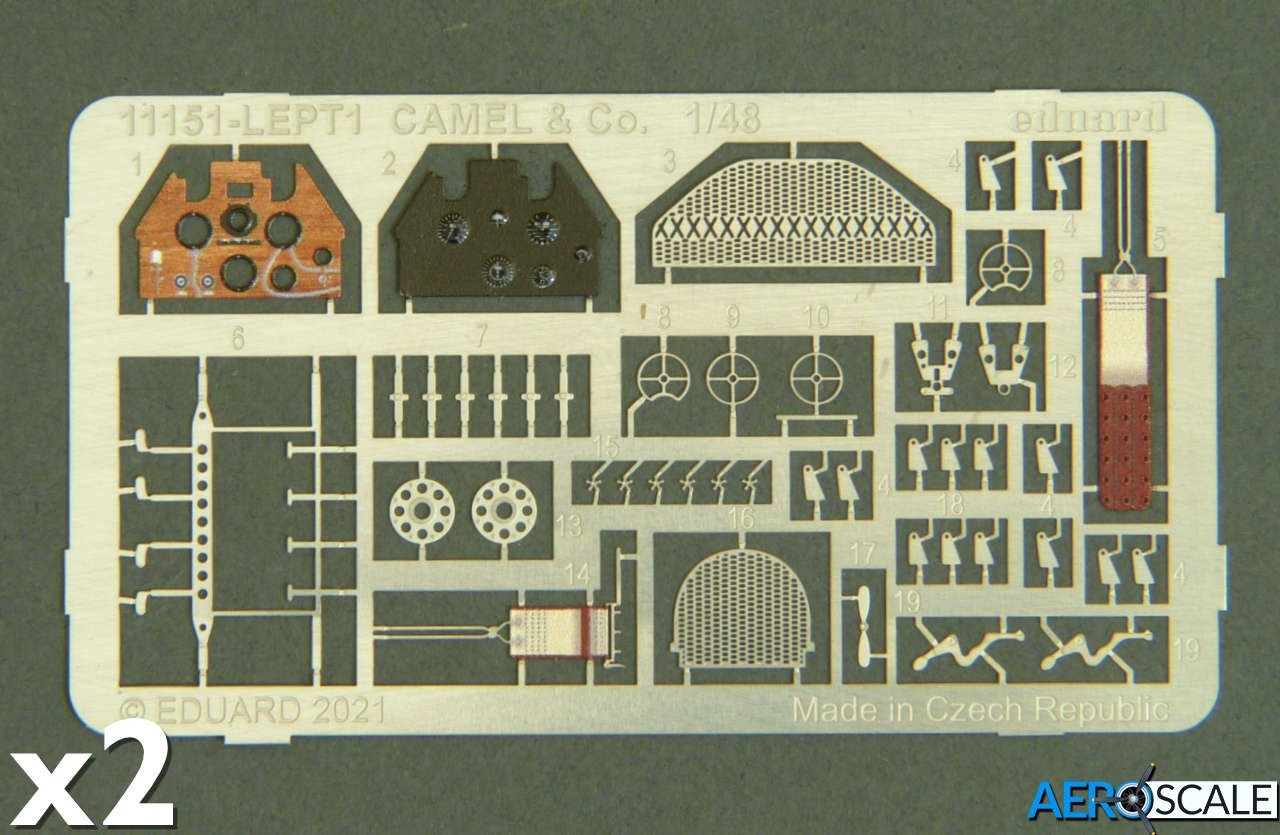
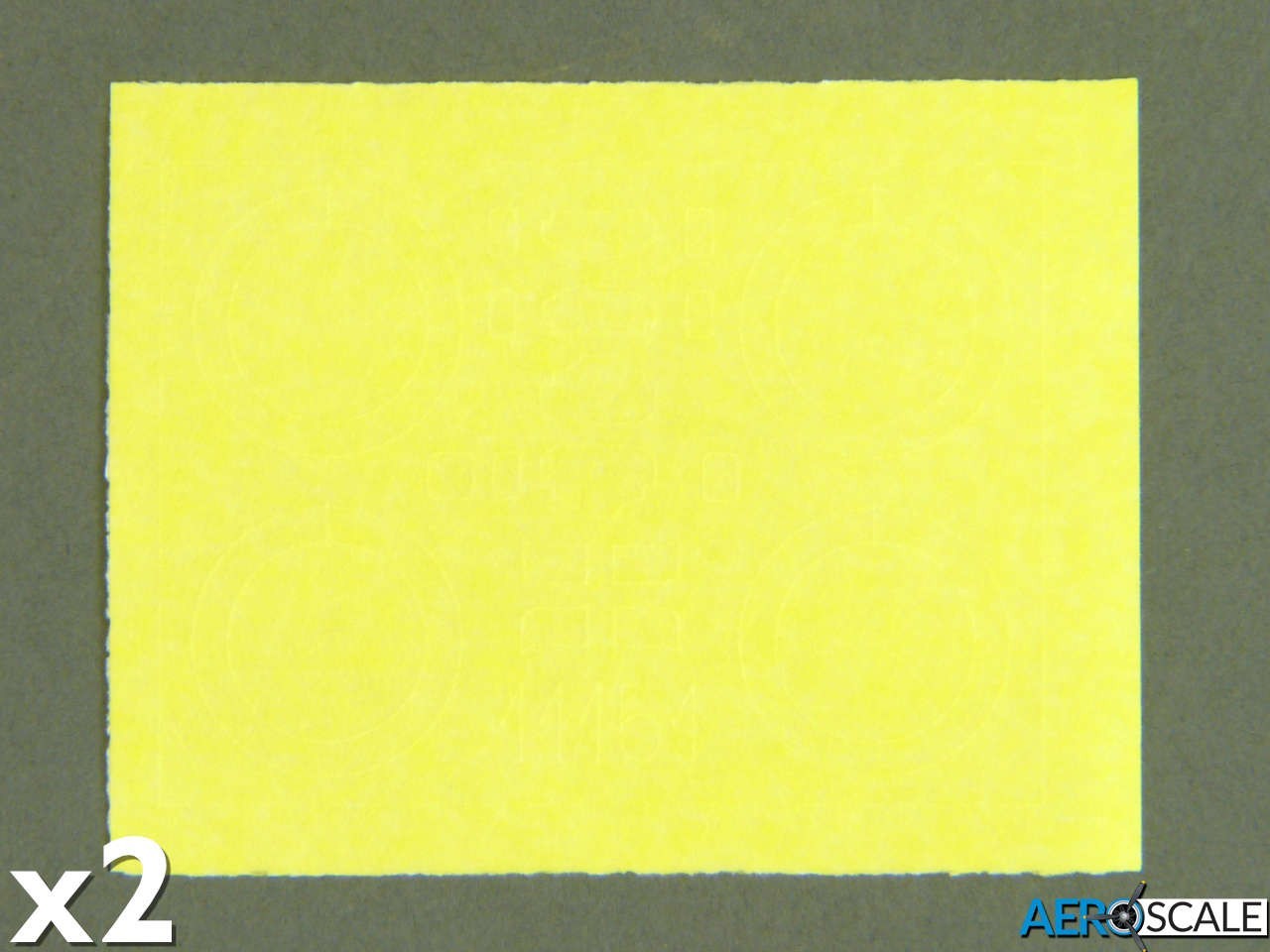

The moulding is crisp and flash-free, just as you’d hope in a new-tool kit. I haven’t found any sink marks in the sample kit, and ejector pins have been kept clear of the cockpit. In terms of preparation, there are just the inevitable mould-separation lines, these being most prominent on the cowlings.
The kit includes a choice of top wing and fuselage styles, and the polished surface finish is excellent, with a fine representation of realistically taught fabric on the flying surfaces. Rib tapes and stitching are arguably a bit too crisp, but you could always knock them back a bit if you so choose. On the fuselage, there’s a subtle hint of the underlying ribs and stringers, with delicate lacing on the sides and delicately embossed pins and fasteners. Vents and chutes are opened up, but you may want to use a fine file to thin the lips on some.
All the control surfaces are separate, and clear inserts are provided for the inspection covers over the aileron cables in the wings.


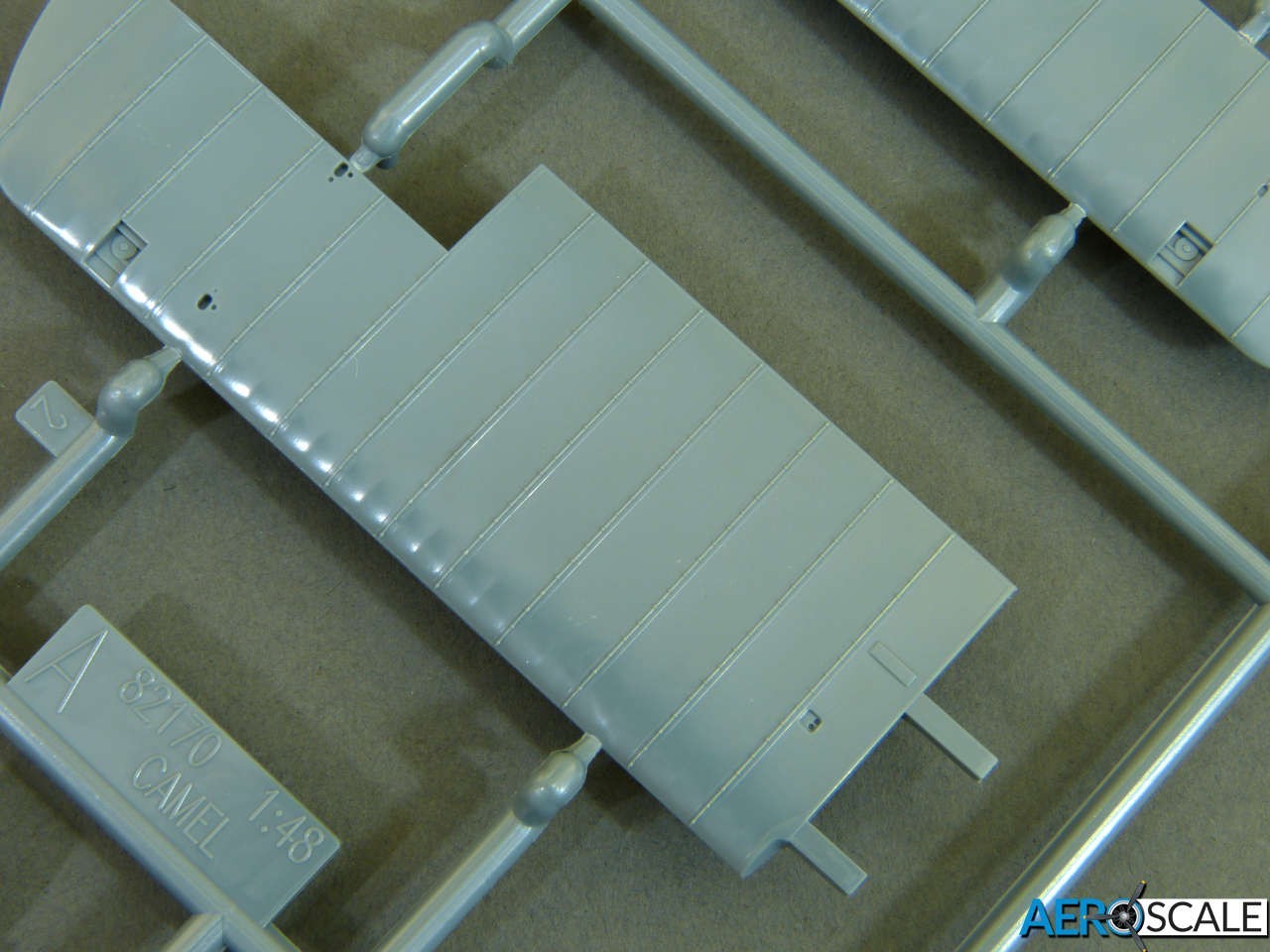
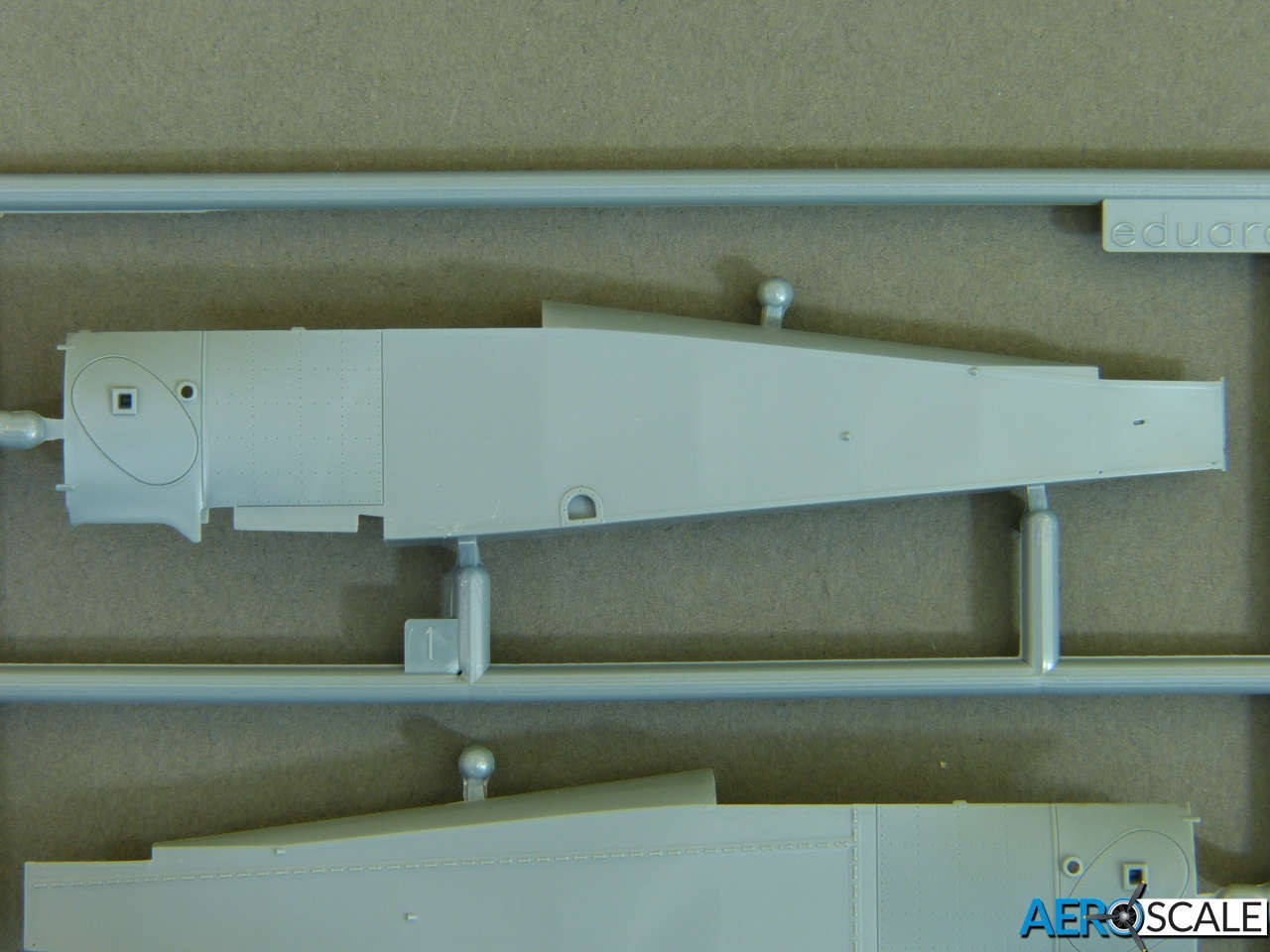

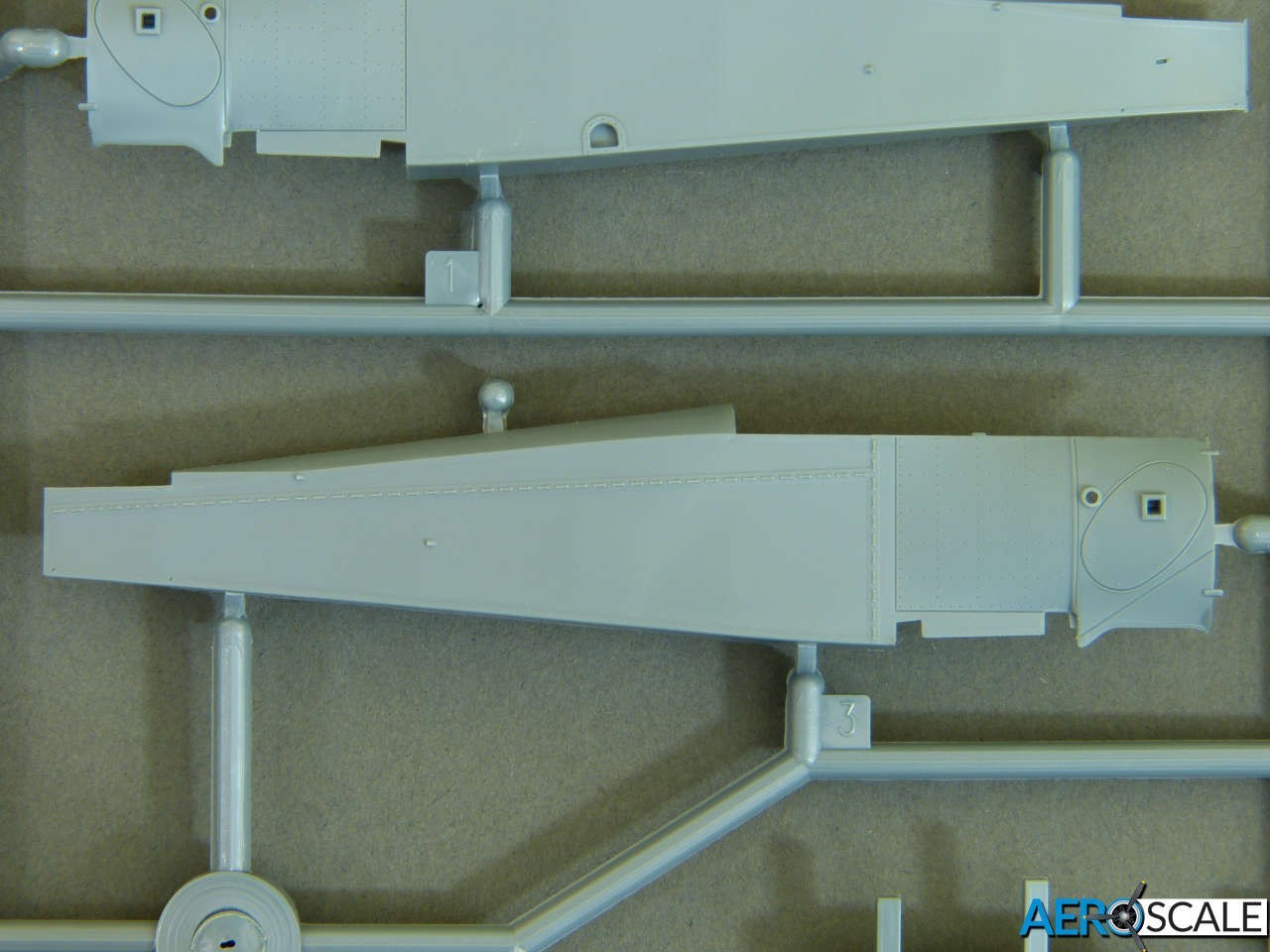
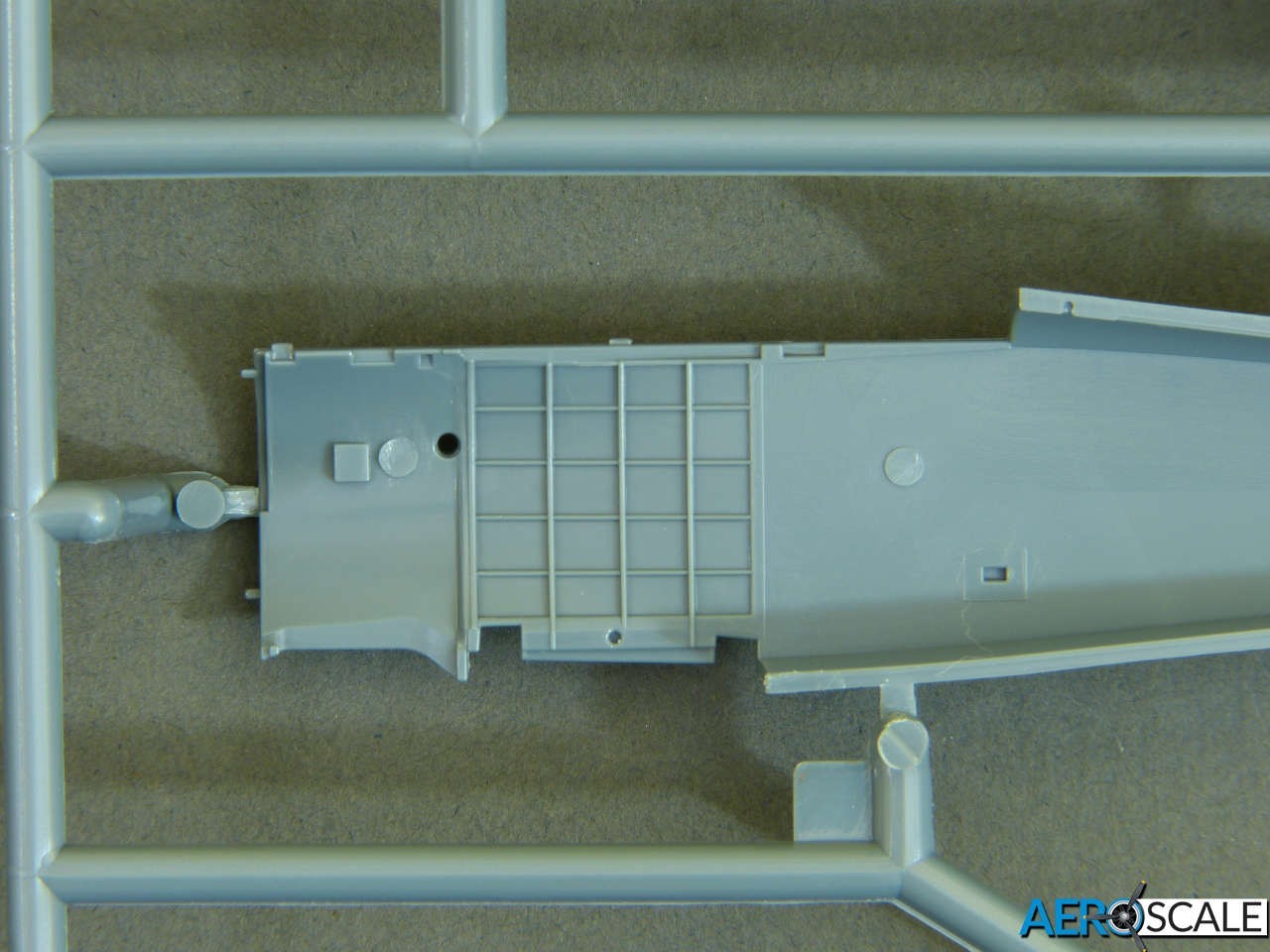
A Few Details
Construction begins, as you’d expect, with the cockpit, kicking off with the pilot’s seat. Eduard offer a choice of a 2-part styrene version or a 4-part mix of styrene and photo-etch. The latter will give a much better impression of the woven wicker original, so I’ll definitely go that route. (Note: A truly stunning Brassin aftermarket seat is also available from Eduard which takes things to new heights.) Pre-coloured lap straps complete either style seat.
There’s also a choice of a moulded instrument panel with individual decals for the faces, or a 2-layer photo-etched version which boasts finely printed and “glazed” instrument faces and a surprisingly convincing pre-coloured wood-grain effect.
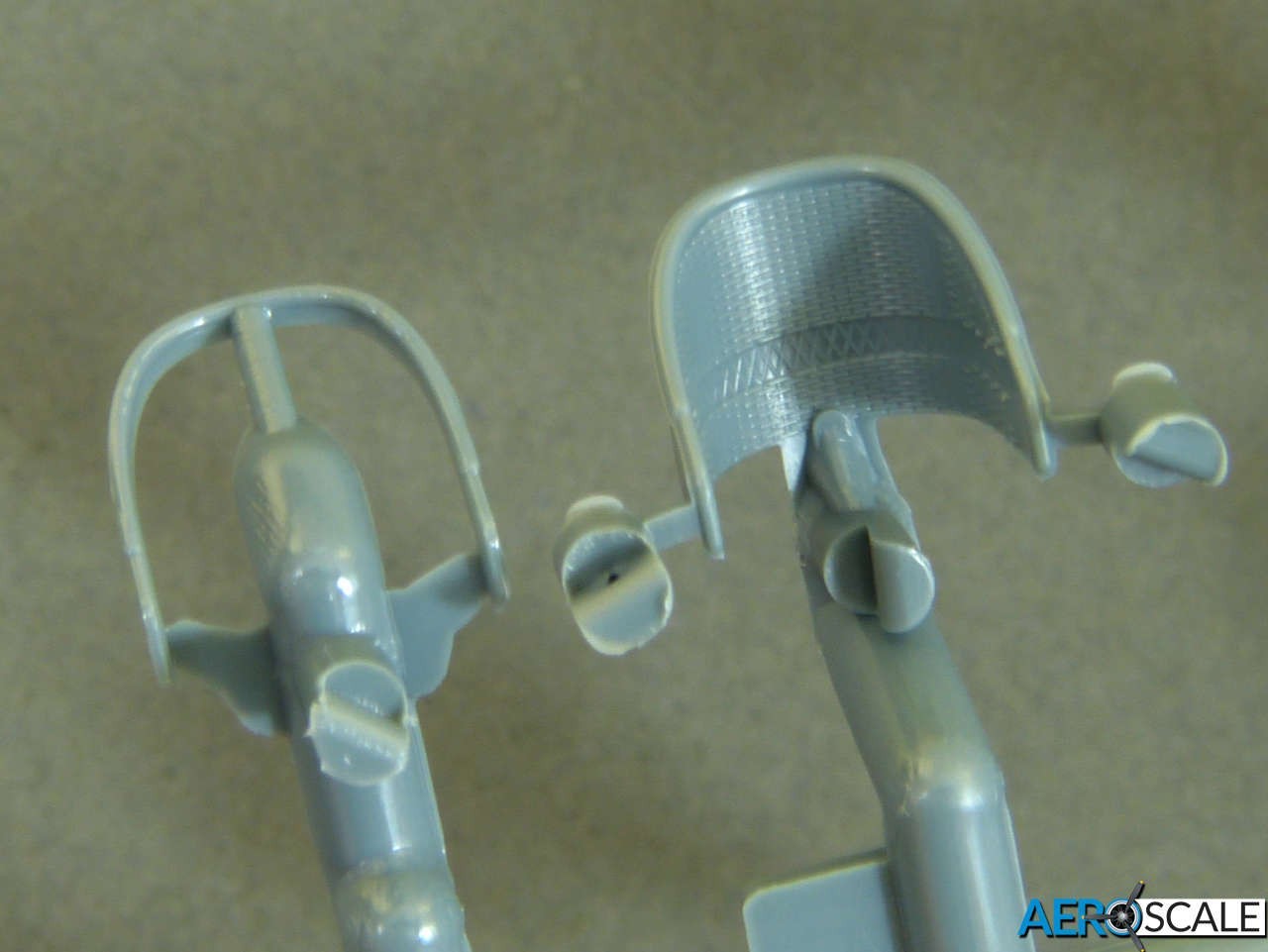
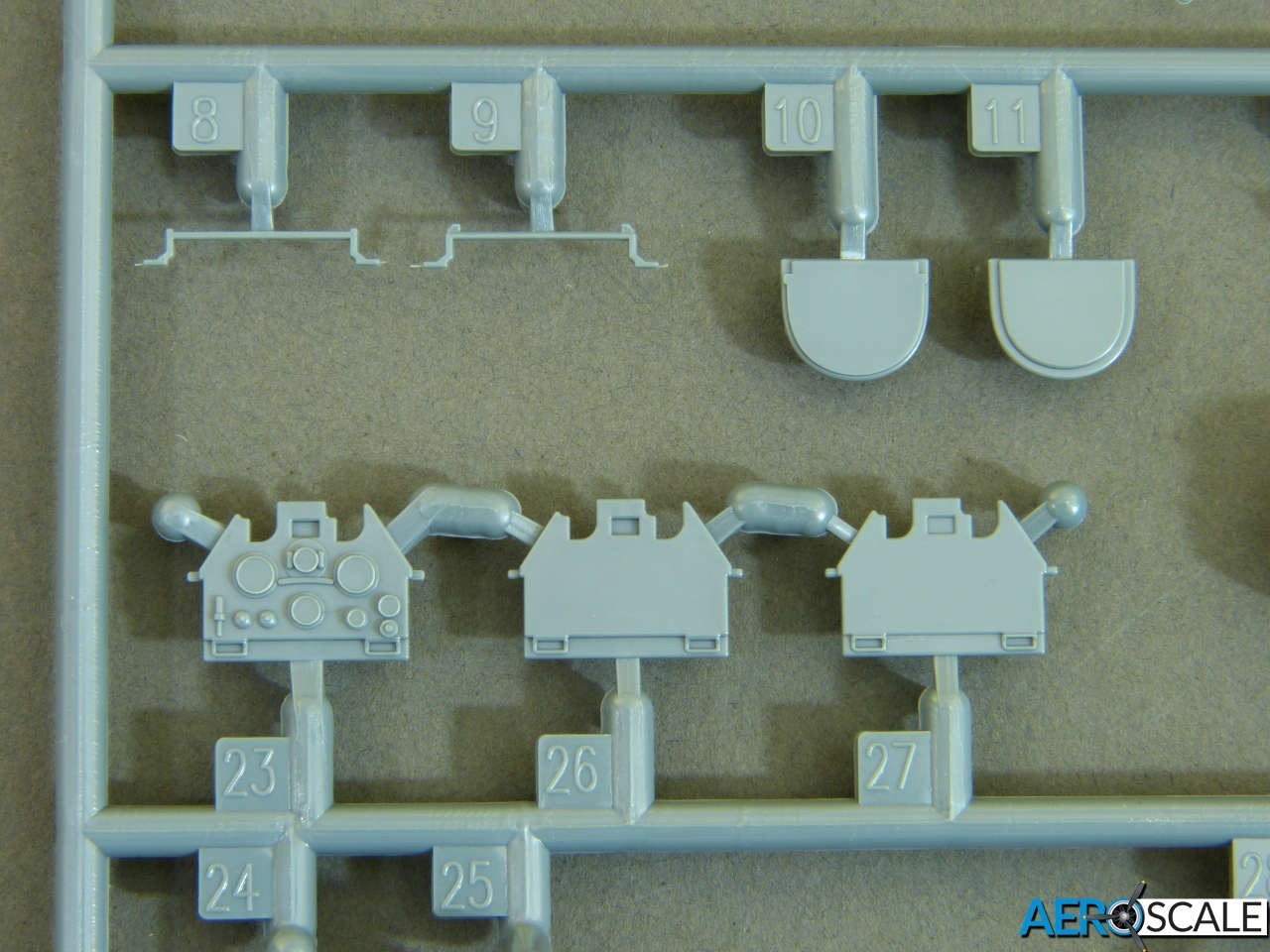

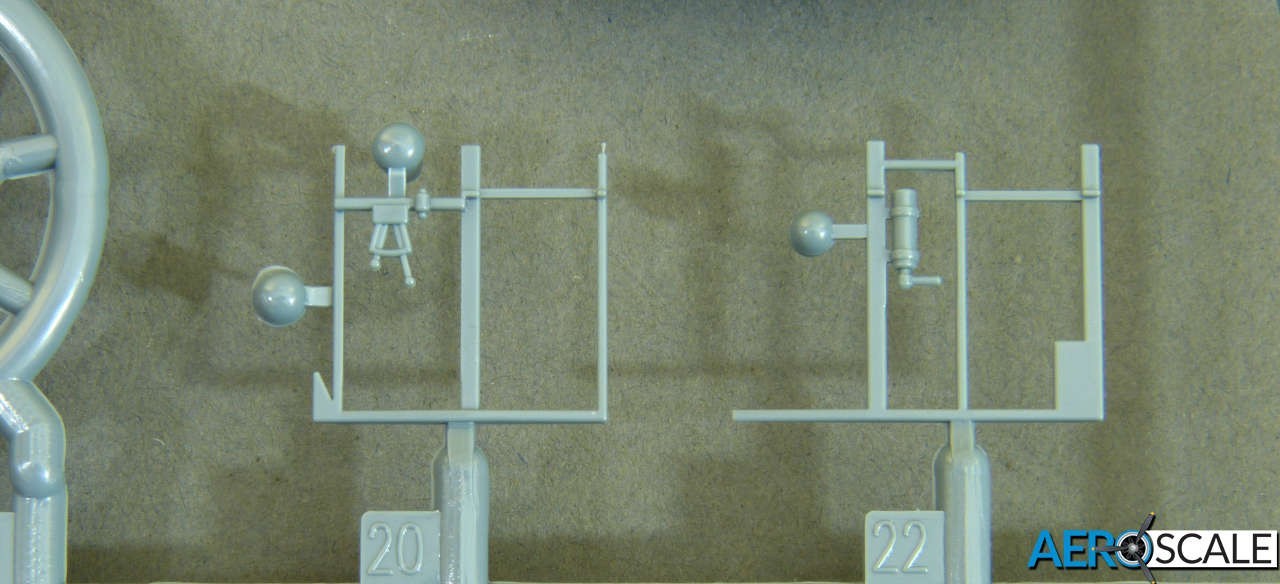
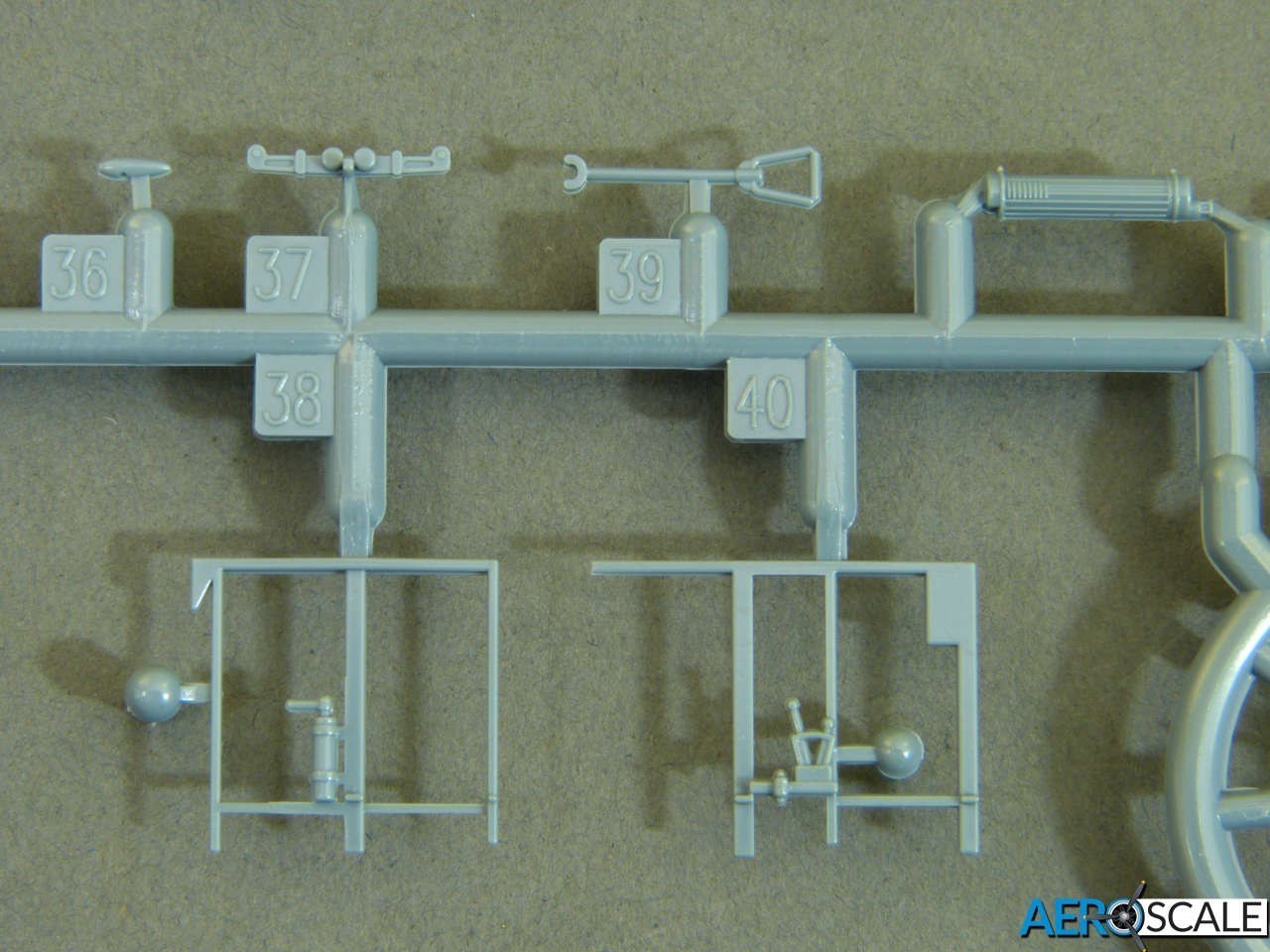

Moving up front, there’s a choice of 4 different engines - Bentley, Clerget, Gnome and Le Rhone - each neatly moulded with alternative cowlings provided to match. There’s also a choice of 2 propeller styles - make sure you match the correct type to the engine. Each propeller is provided with an optional photo-etched boss.
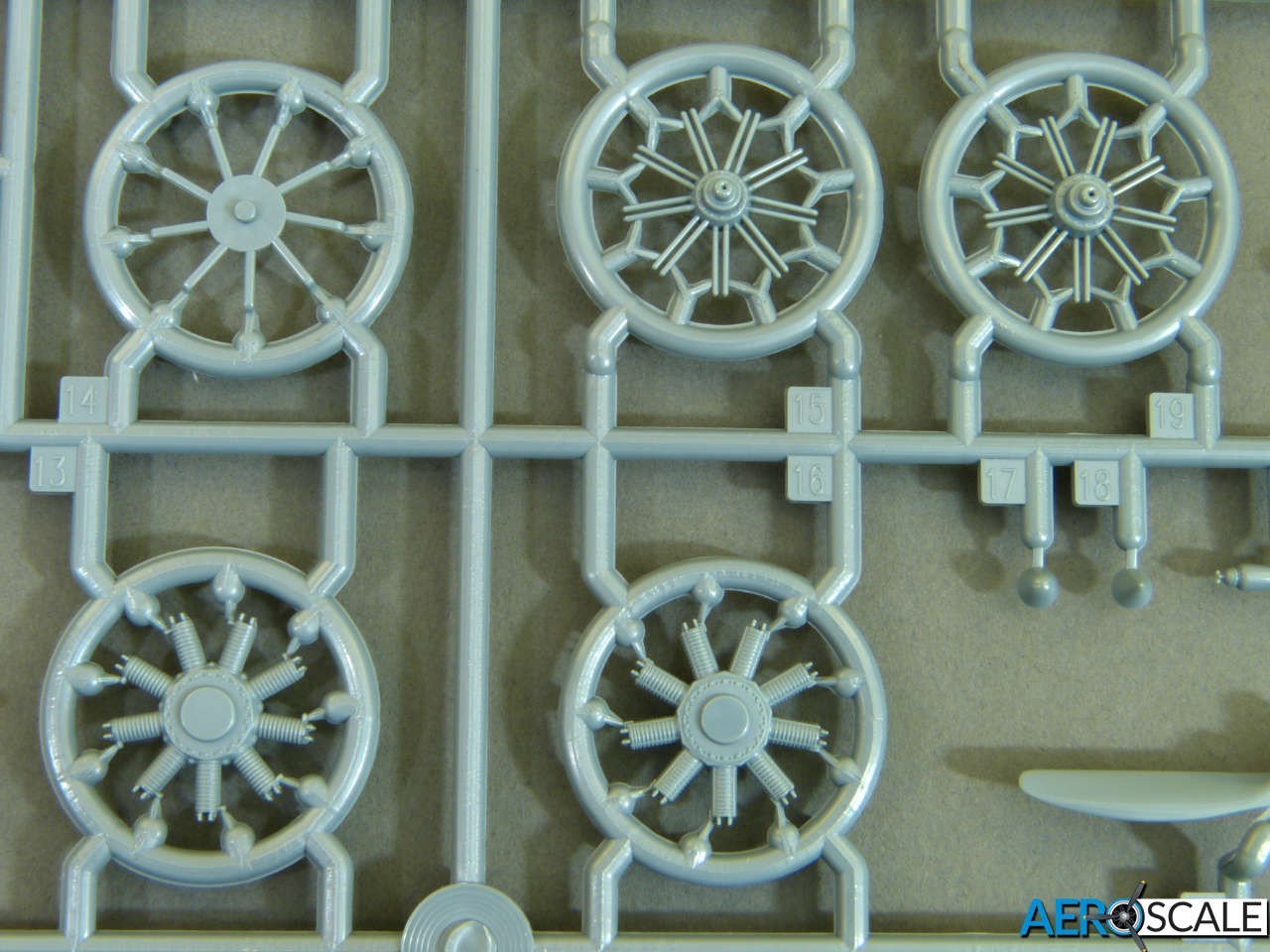
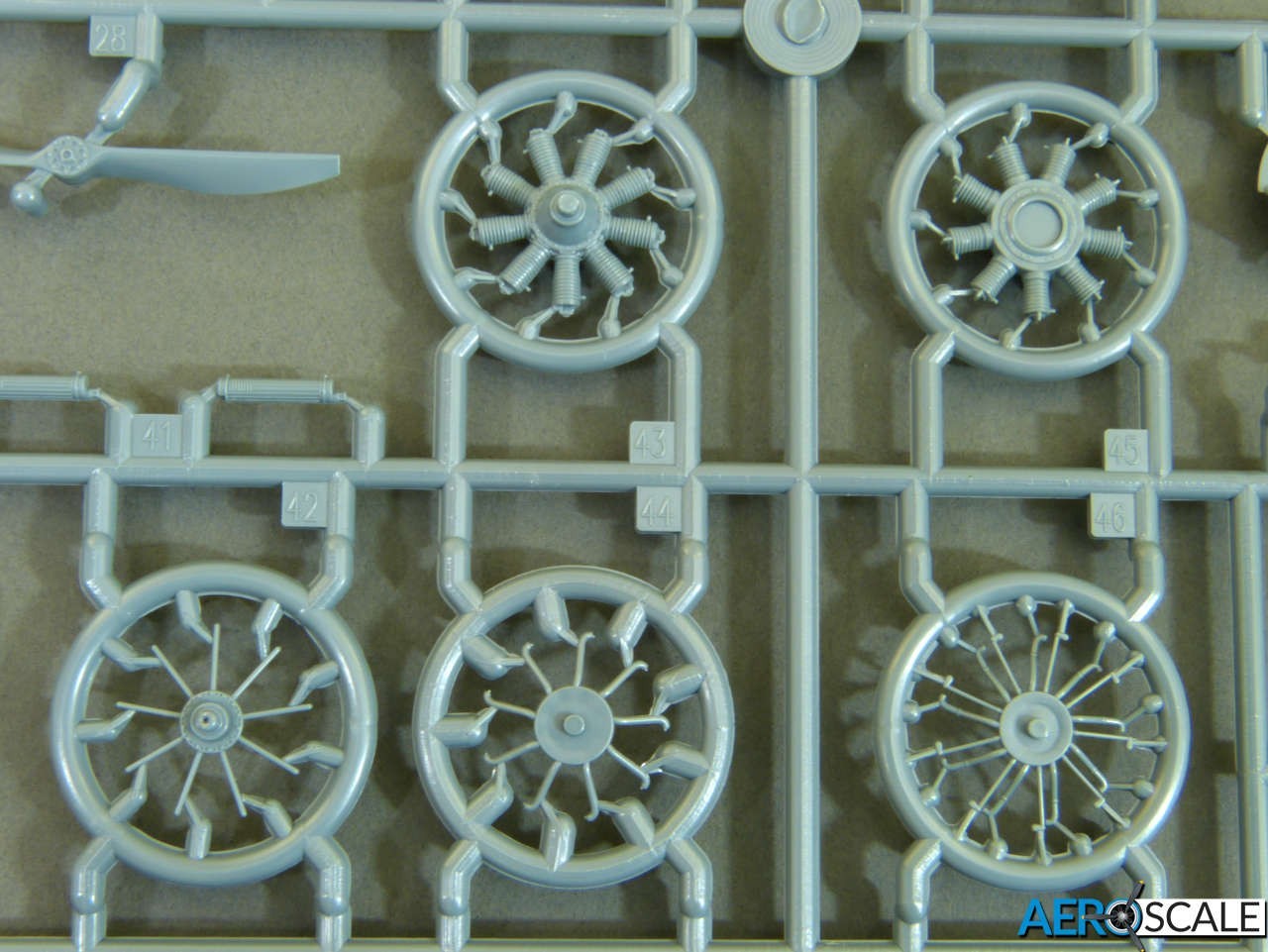
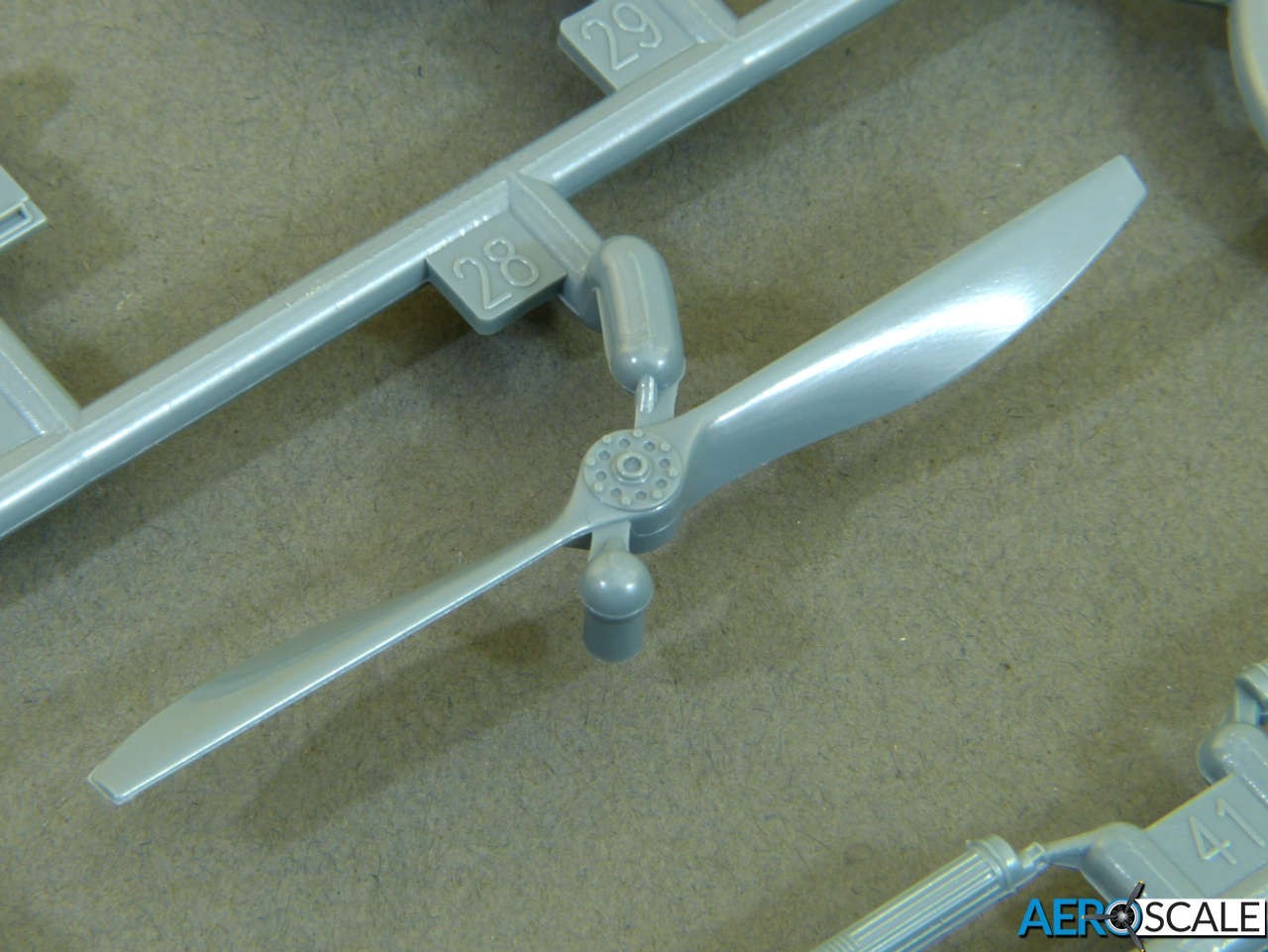
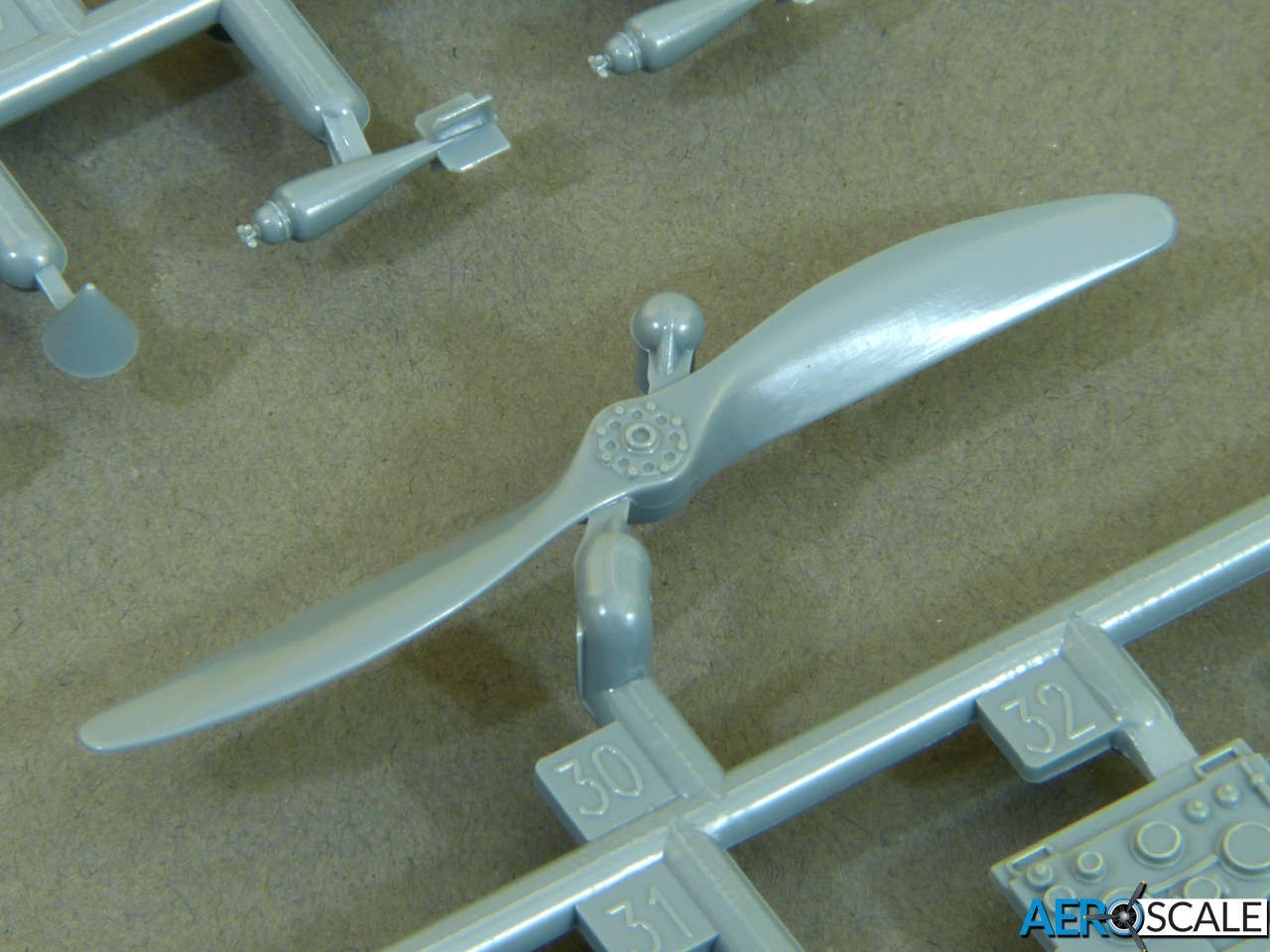
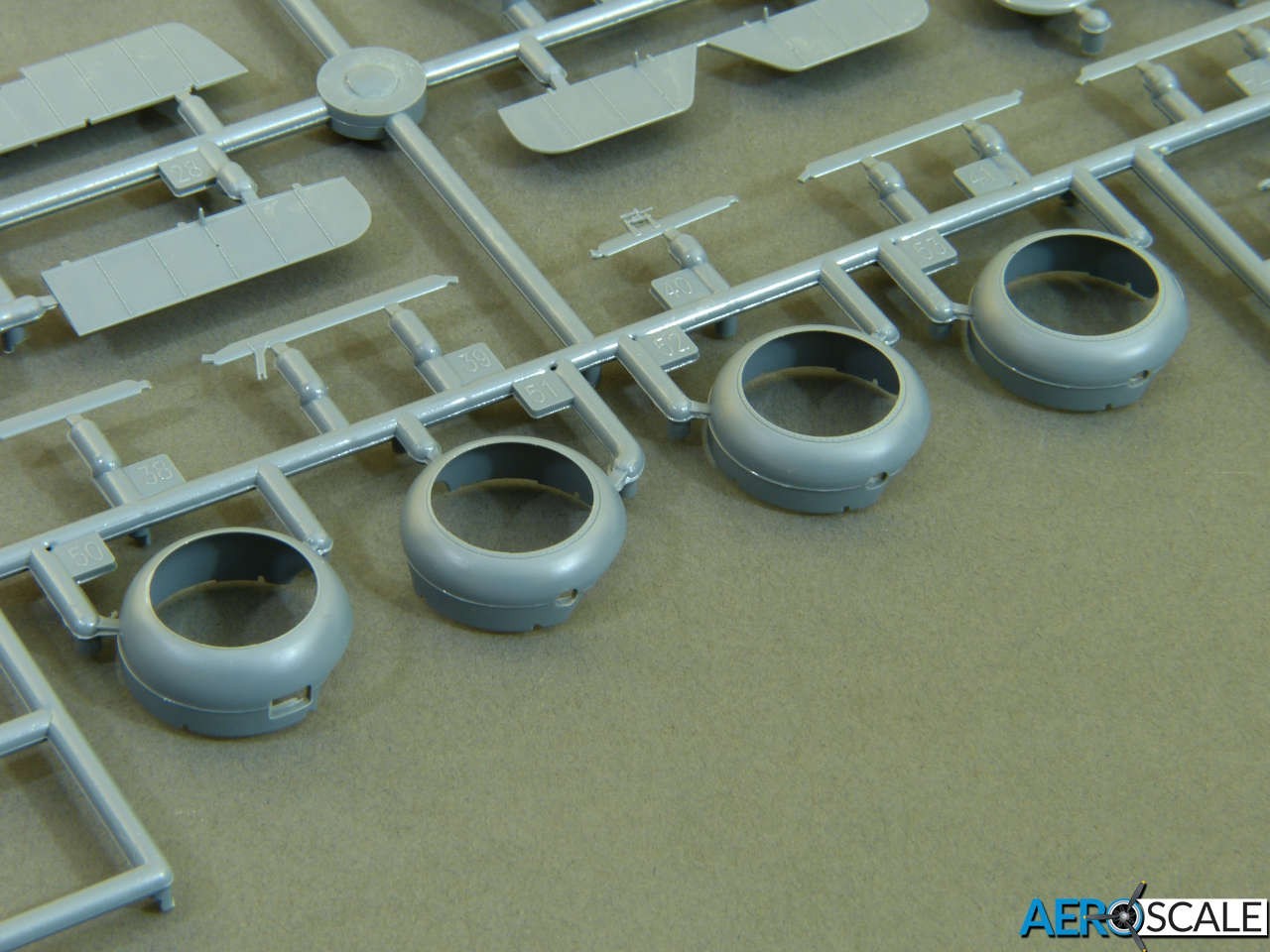
The top decking/cockpit surround is separate and, again, there 2 styles along with different windscreens and gunsights.
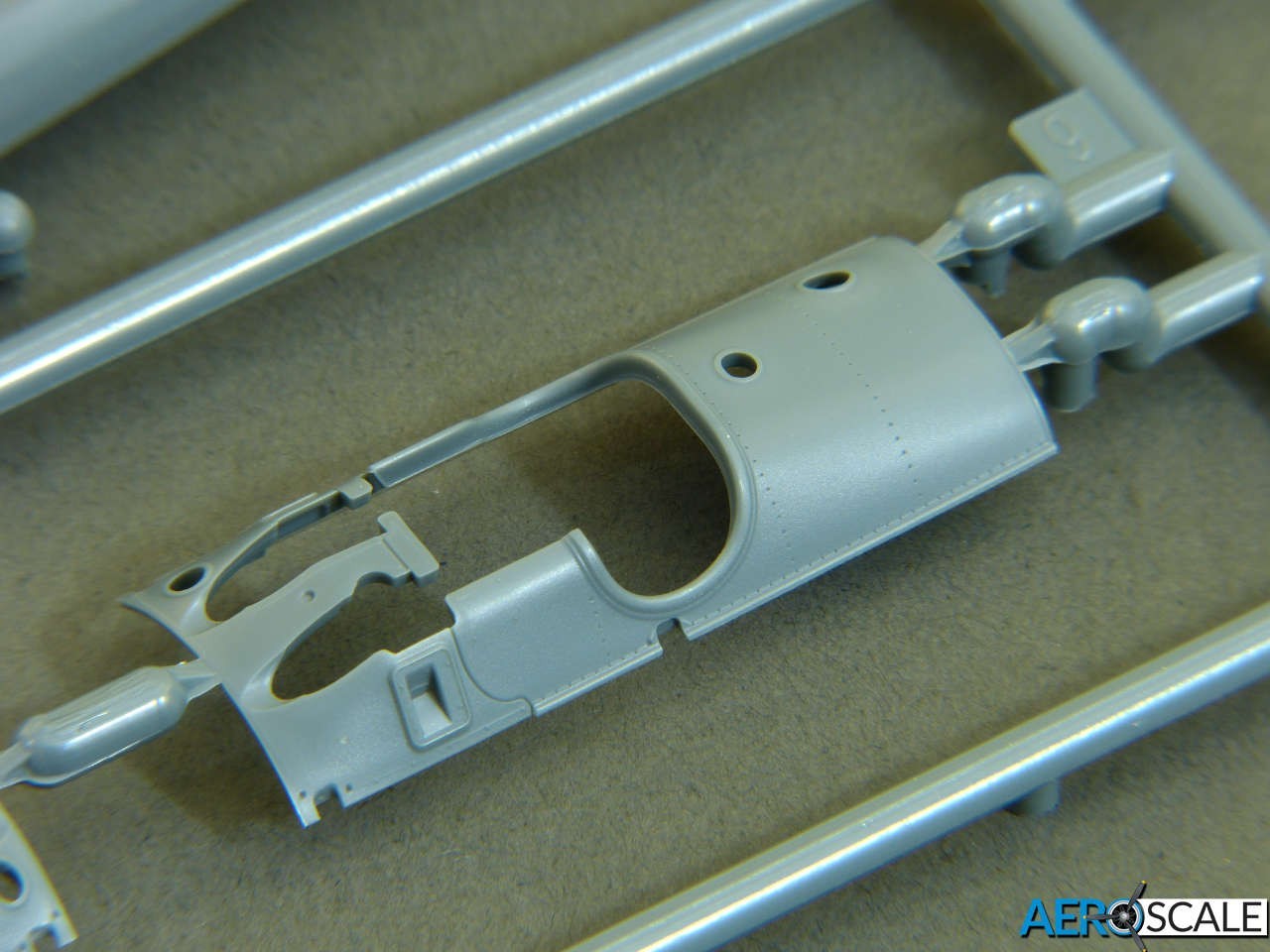
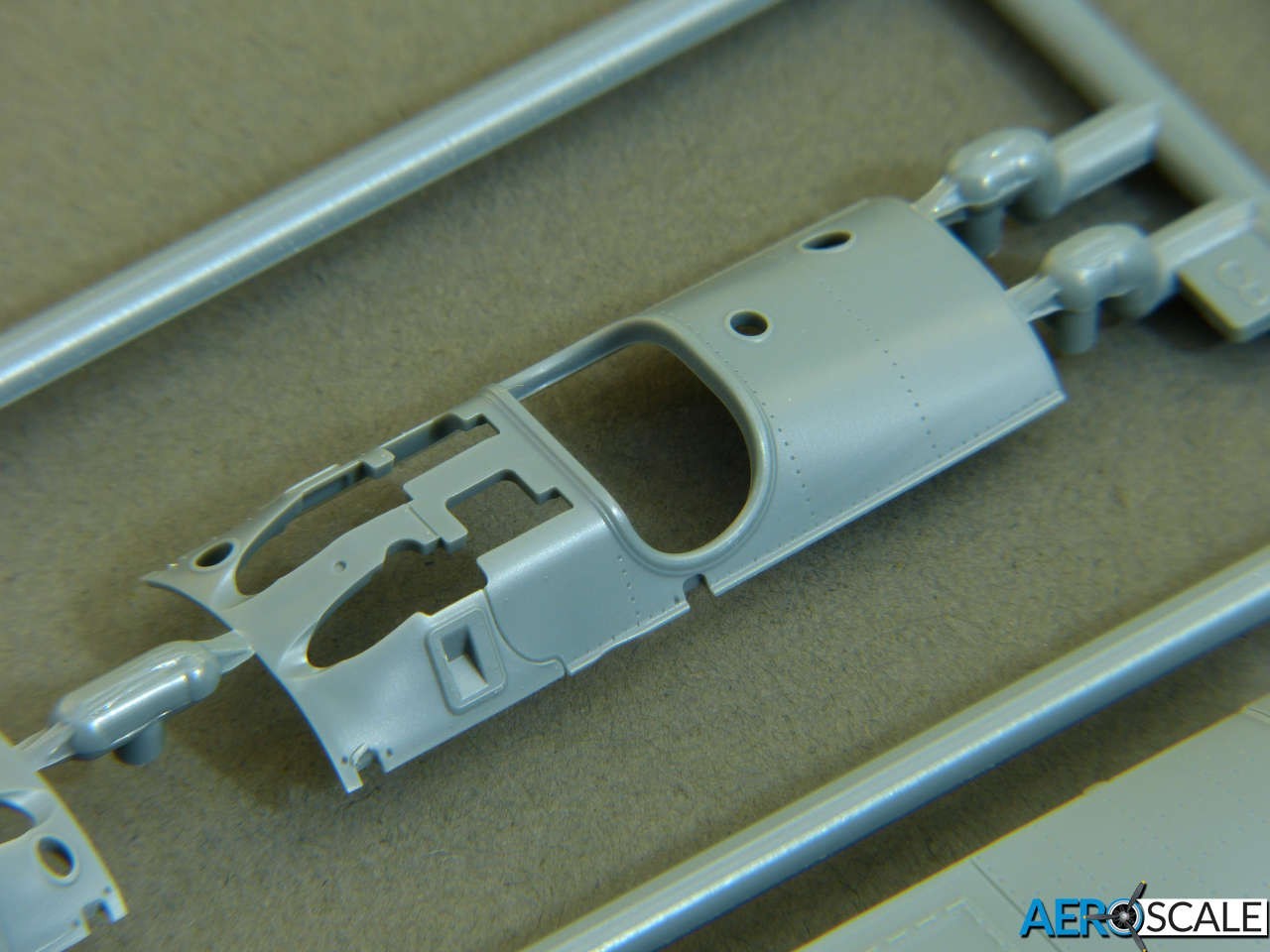
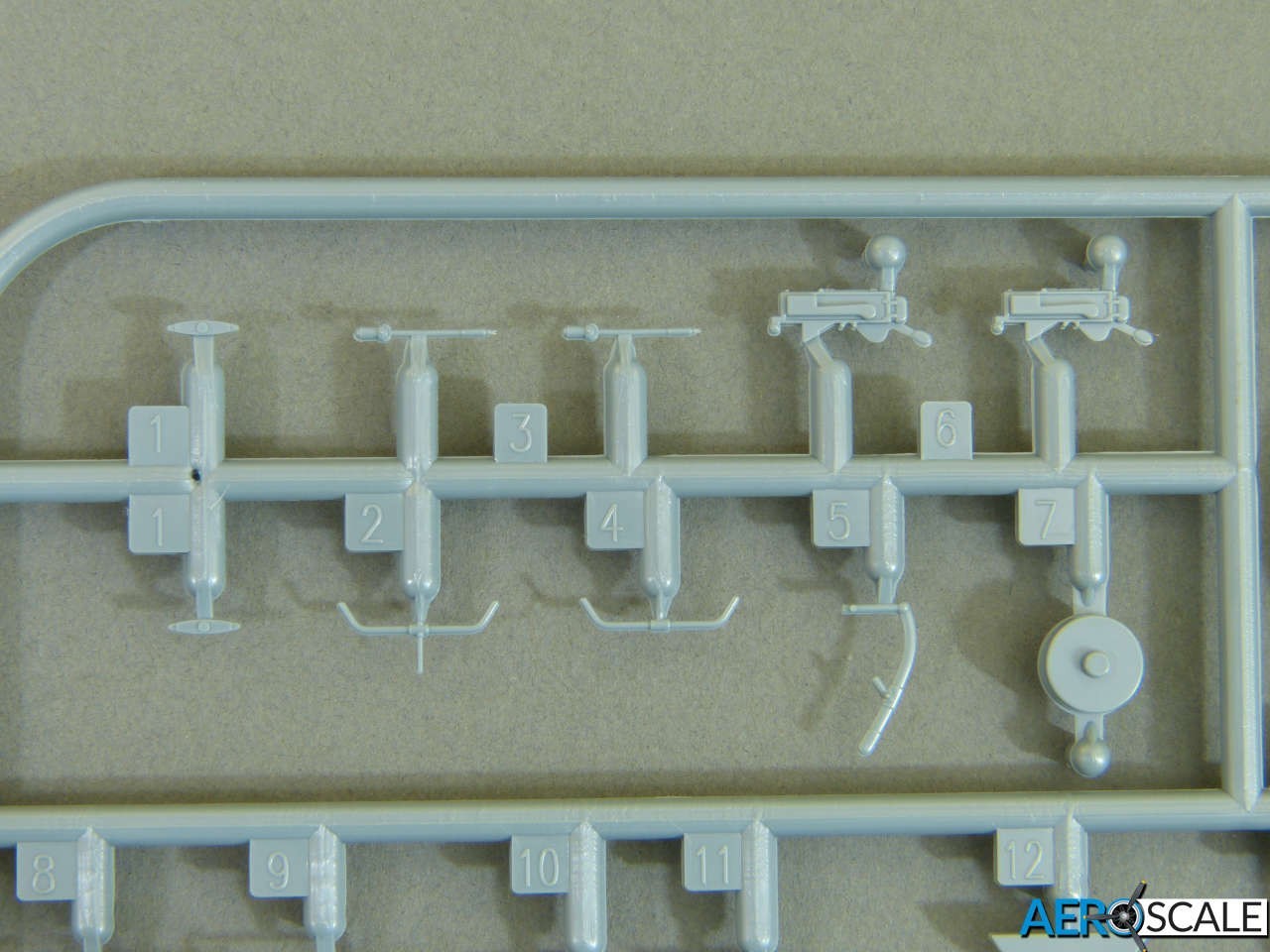
Not used in this boxing are neat Lewis guns and mounts for the top wing.

There are choices again when you get to the undercarriage, with different types of legs and wheels.
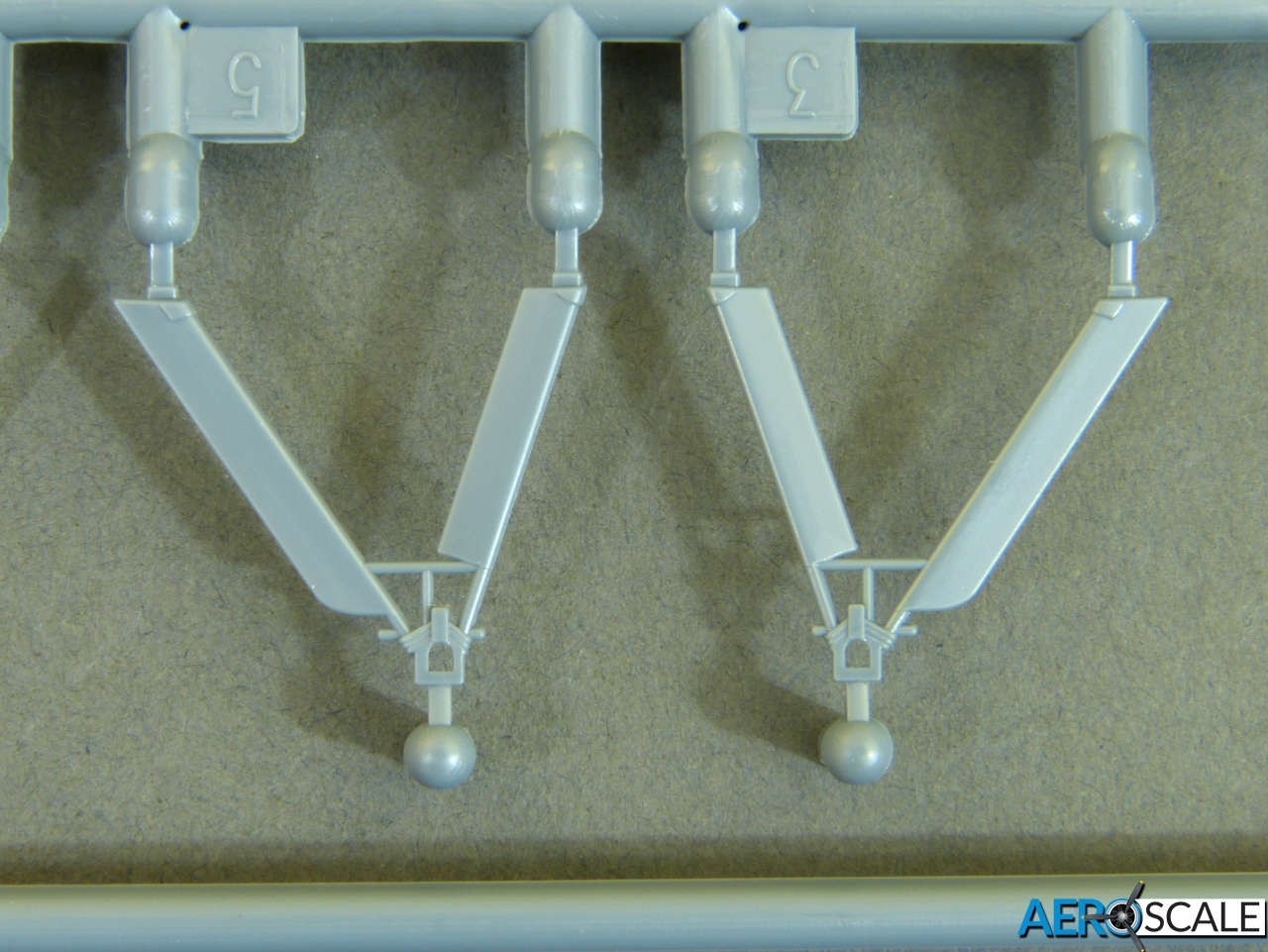
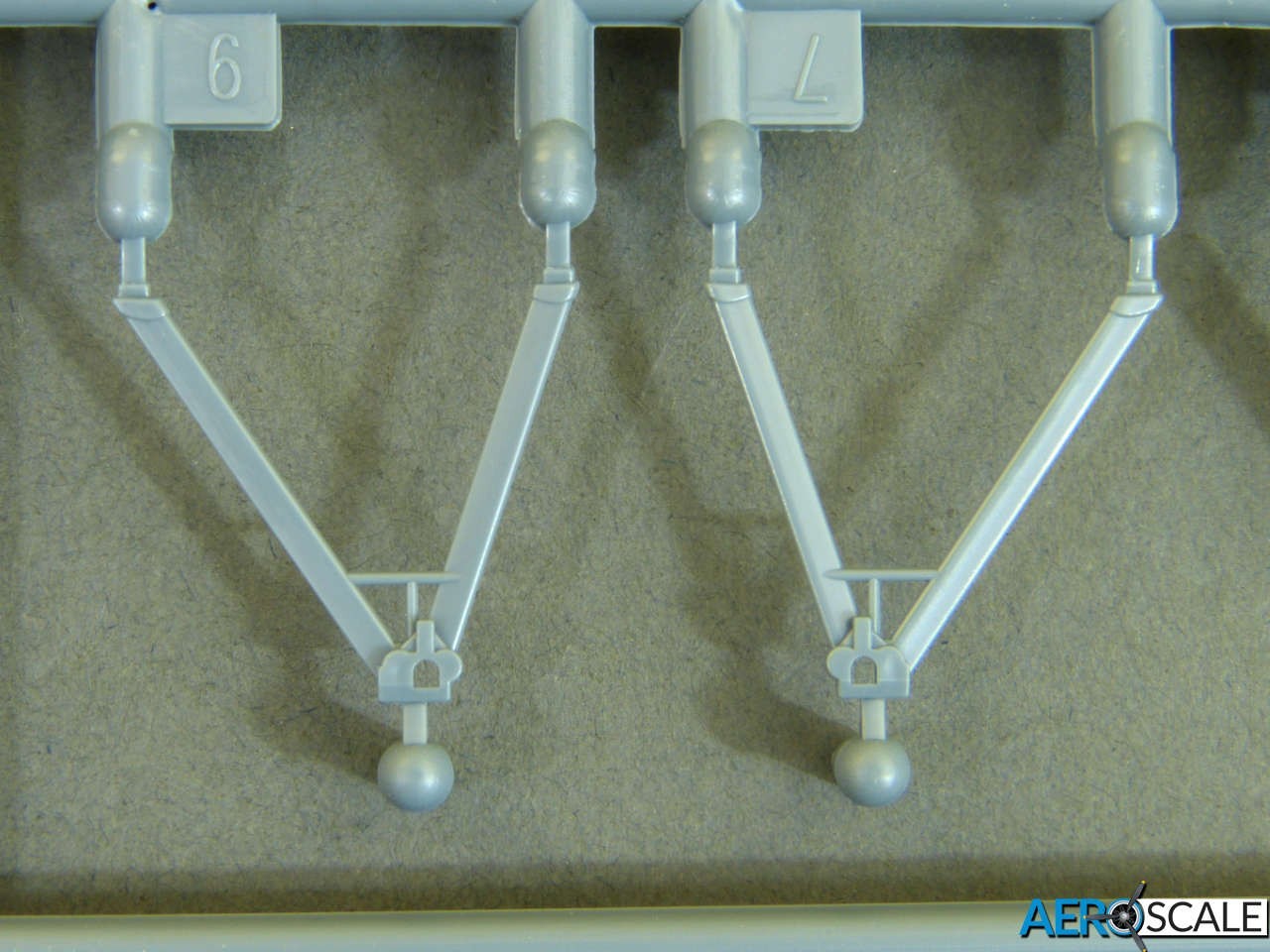
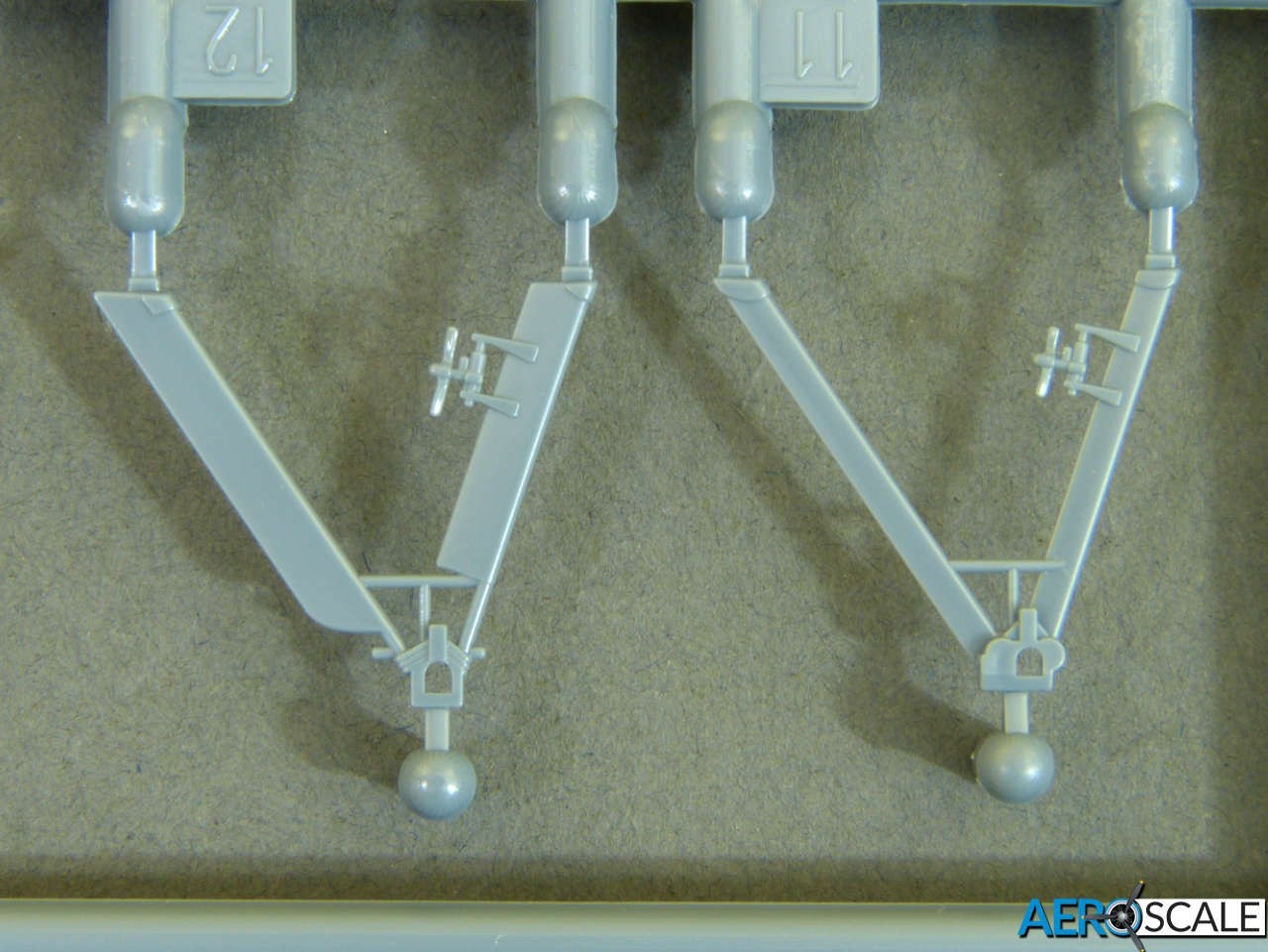

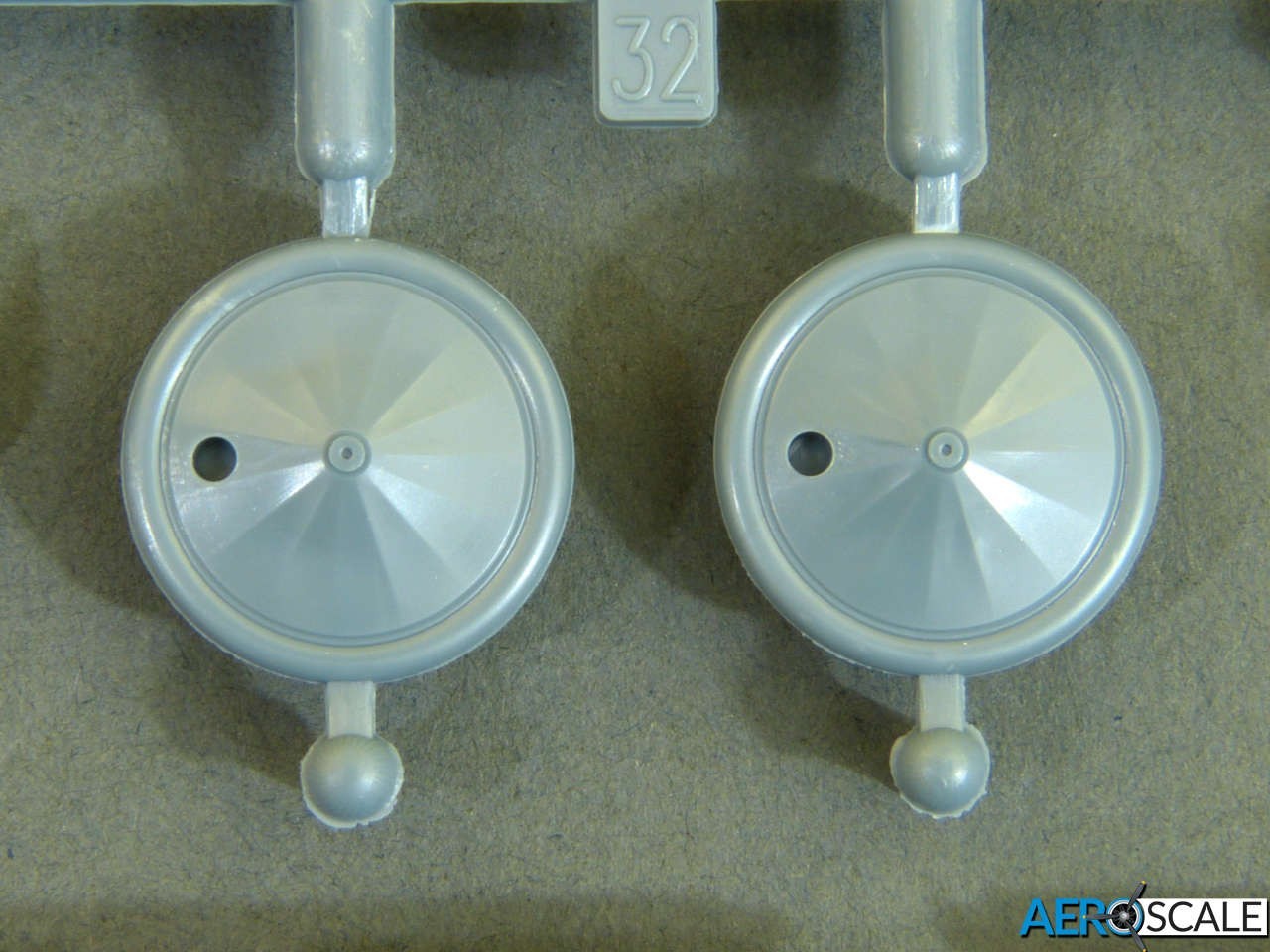
Finally, there’s a rack of 4 x 20lb Cooper bombs to fit under the fuselage and, perhaps surprisingly in view of all the choices above, only a photo-etched version is shown in the construction guide. There’s actually a neatly moulded styrene rack among the parts shown as “not for use”, so many modellers may opt for the latter. The bombs themselves are provided with etched arming propellers to replace the moulded ones.
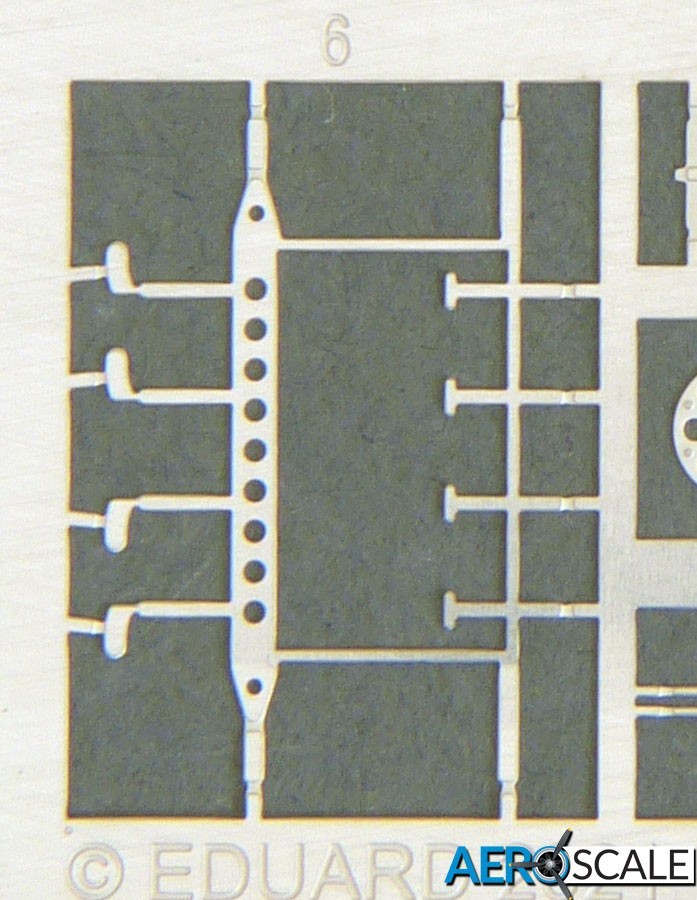
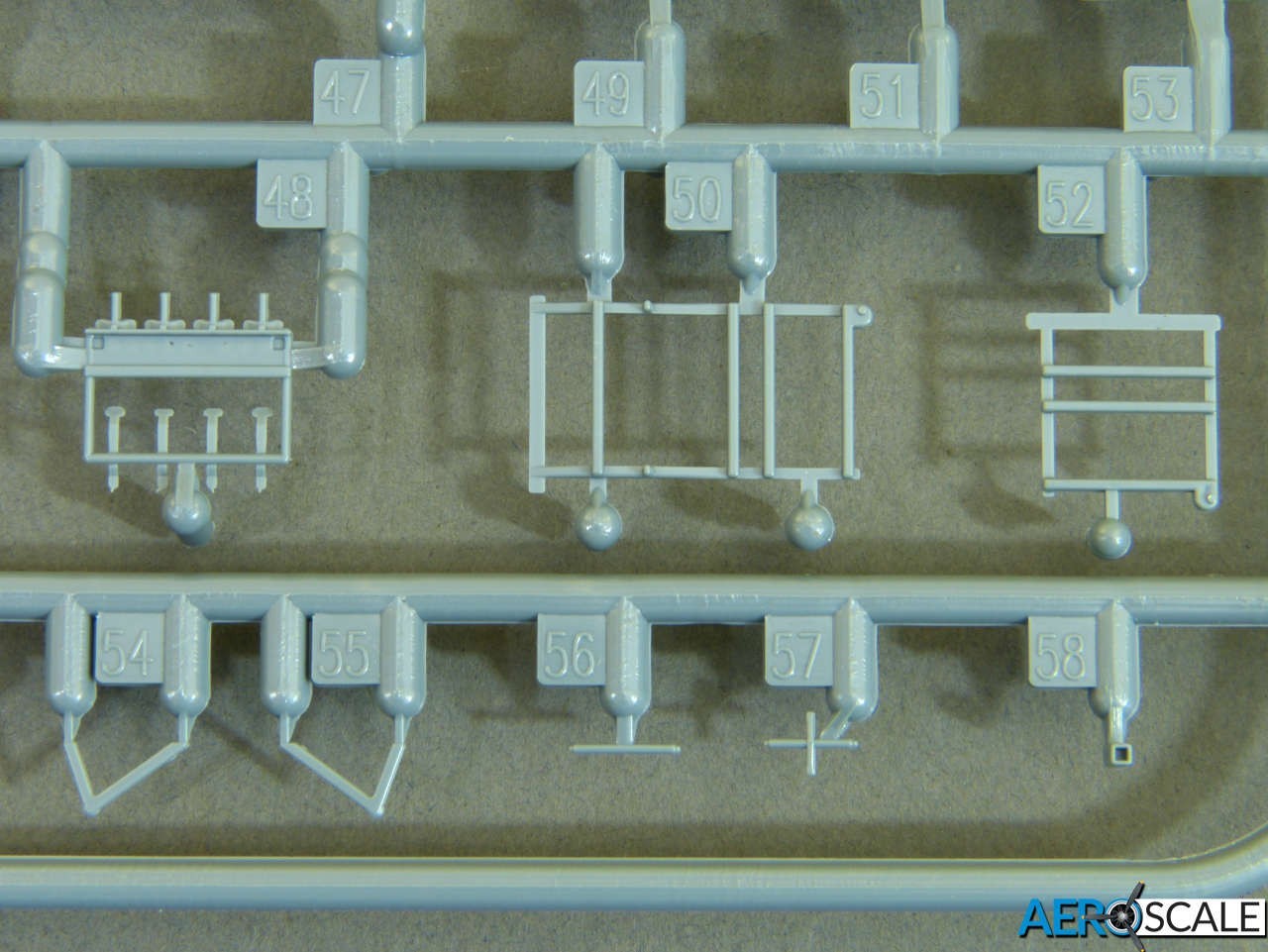
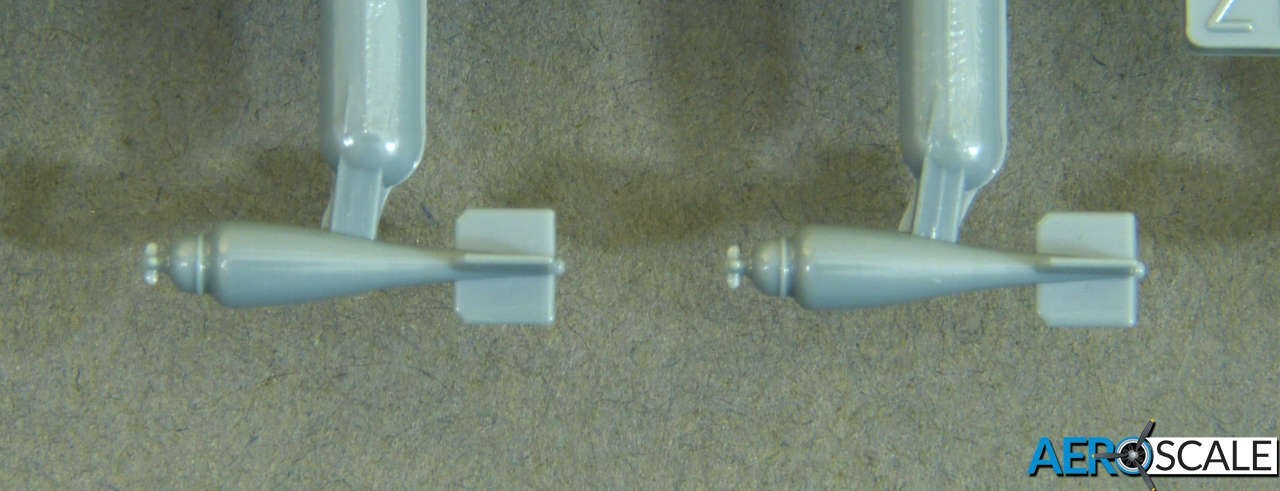
Instructions & Decals
The instruction guide is produced as a high quality A4 20-page booklet printed in colour on glossy stock. The diagrams are clear and well laid out, and the assembly sequence is logical.
Colour matches are provided for Gunze Sangyo and Mission Models paints.

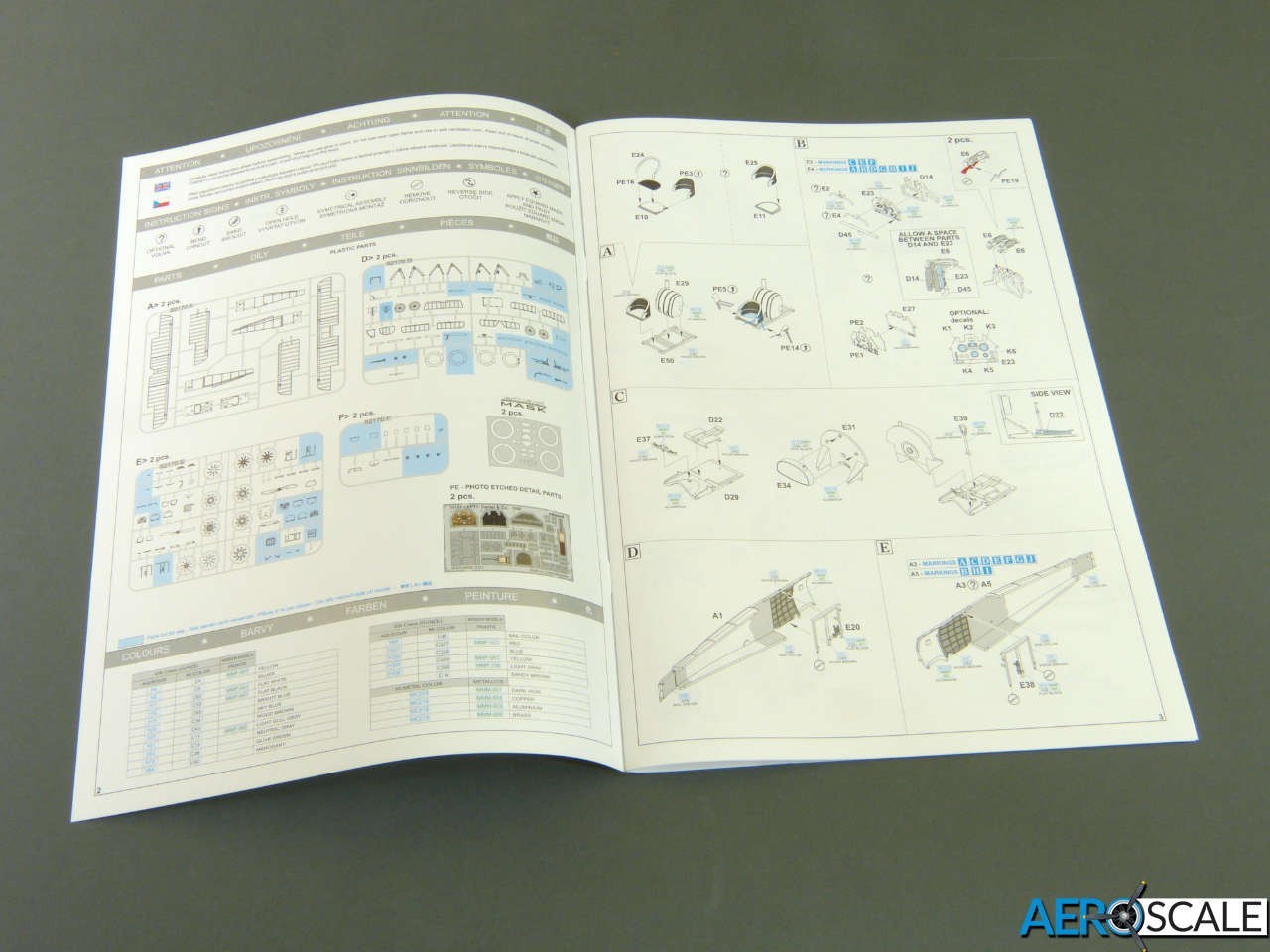
A nice touch is that rigging illustrations are provided as isometric plus side and front views.

Eduard provide decals for an impressive selection of colour schemes:
A. J1936, Capt. James Bigglesworth, No. 266 Sqn RAF, summer 1918
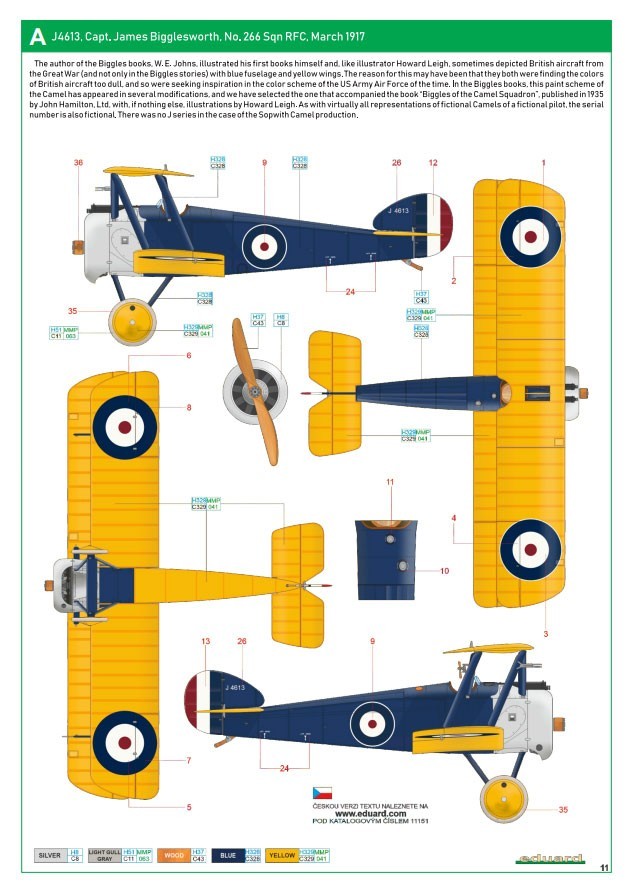
B. J4613, Capt. James Bigglesworth, No. 266 Sqn RFC, March 1917
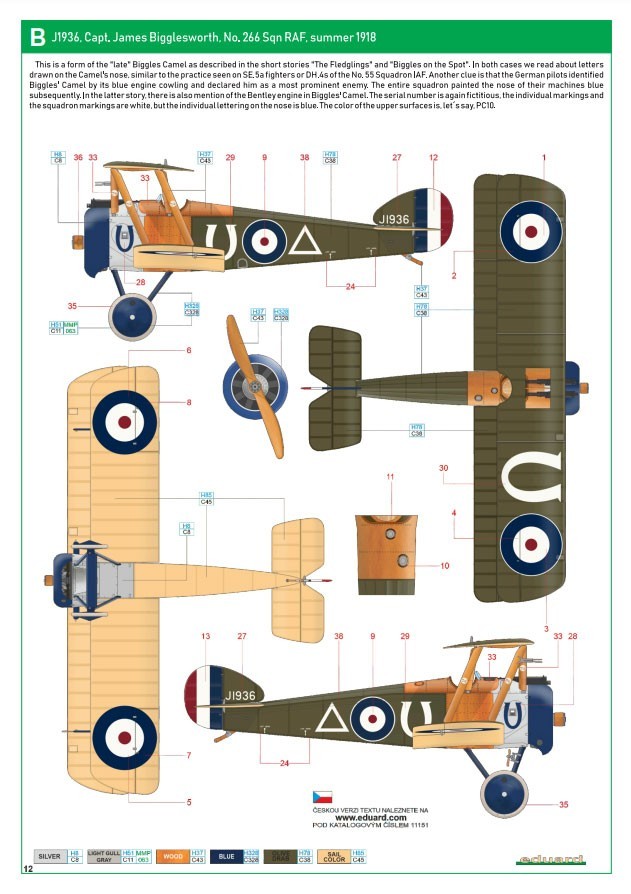
C. B3889, Capt. Clive F. Collett, B Flight, No. 70 Sqn RFC, Poperinge, France, August 1917
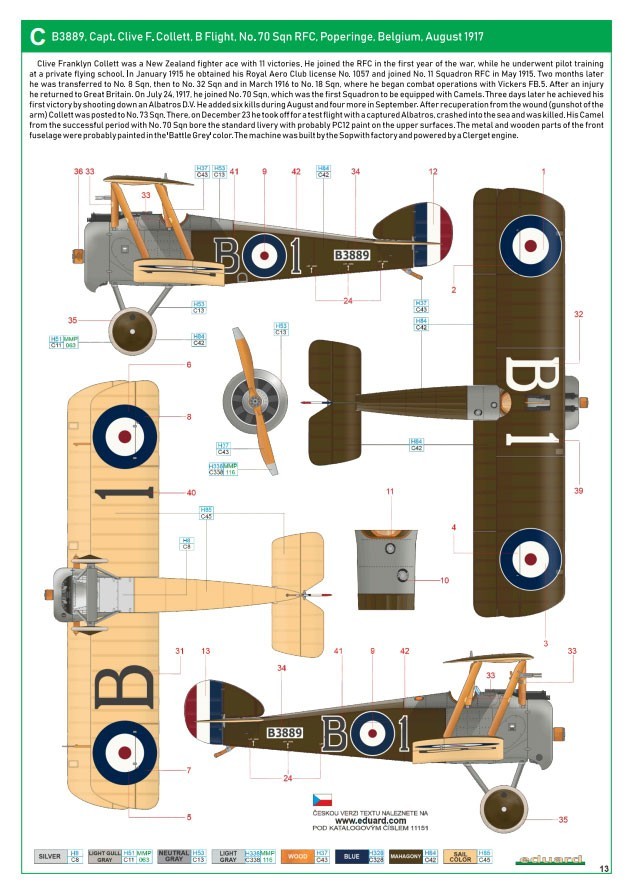
D. B7190, Capt. Walter G. R. Hinchliffe, C Flight 10(N) Sqn RNAS, Téteghem, France, March 1918

E. B3893, Capt. Arthur R. Brown, No. 9(N) Sqn RNAS, Leffrinckoucke, France, September 1917
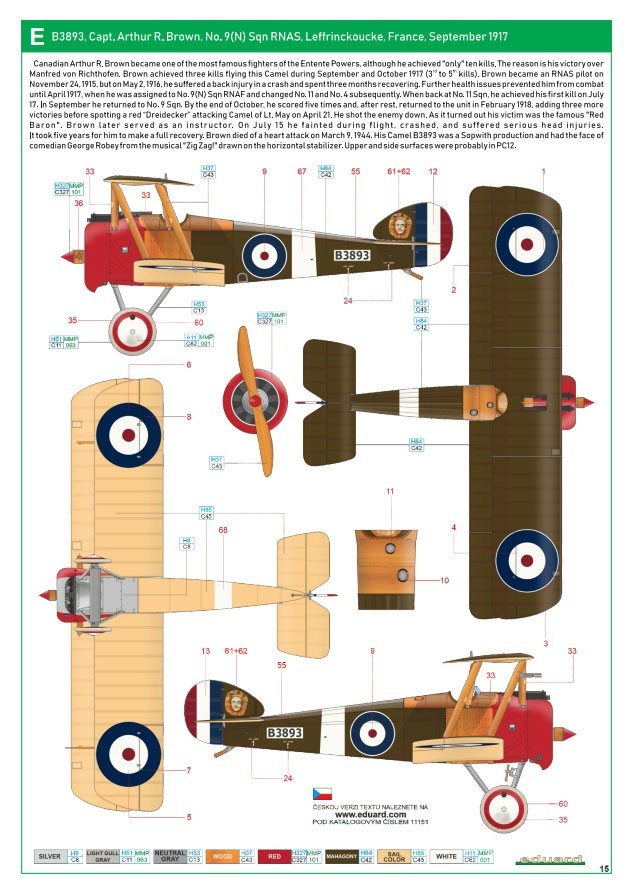
F. N6377, Capt. Harold F. Beamish, 3(N) Sqn RNAS, Furnes, Belgium, September 1917
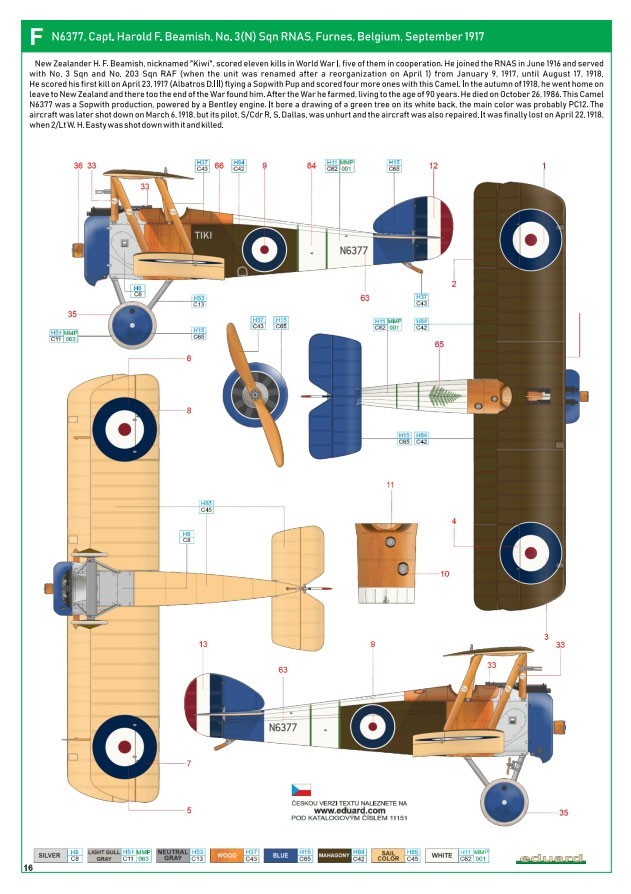
G. Capt. Henry R. Clay Jr, 41st Aero Squadron USAAS, Colombey-les-Belles, France, October 1918

H. C6713, Capt. D´Urban Victor Armstrong, No. 151 Sqn RAF, Crécy-Estrées, France, April 1918

I. C1555, Capt. Francis L. Luxmoore, No. 78(HD) Sqn RFC, Hornchurch, Great Britain, January 1918

J. F1471, 185th Aero Sqn USAS, Colombey-les-Belles, France, March 1919
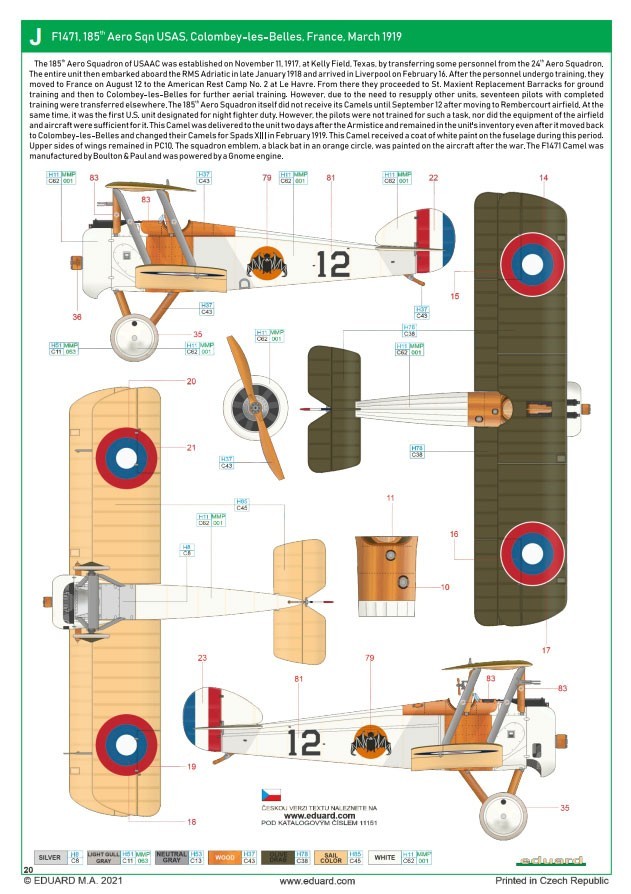
There’s really something to suit every taste among the chosen schemes, and the inclusion of the American machines is an inspired choice in my opinion, because their markings are so eye-catching. But the surprise for me are the first two aircraft - both flown by a certain Captain Bigglesworth - W. E. John’s famous fictional character “Biggles”.
As I know all too well from running a charity bookshop, there are plenty of Biggles fans out there, but it does seem slightly odd to have the fictional colour schemes in pride of place at the start of the list - I certainly did a double-take when looking through the options for the first time!
The decals appear to be excellent quality, being thin and glossy and precisely in register on the sample sheets. In common with recent Eduard decals, there is a bit of excess carrier film present, but I’ve found this snuggles down and disappears with no problem in use.

Conclusion
It’s been quite a while since Eduard last released a new-tool WWI kit, so it’s great to see them back with the new-tool Camel. It really is a little cracker, packed with detail and options. The excellent moulding quality should ensure it’s not too tricky for modellers with a bit of experience and it should look great straight from the box. WWI specialists will relish the basis it provides to really go to town on, so we can no doubt look forward to seeing some fantastic builds in due course.
With Eduard back in the WWI market, let’s hope the Camel is just the first of a series of new-tool kits of classic subjects - the perennially popular Albatros fighters must be contenders for a revisit…
Kit #11151 is available from Eduard - Price: £23.59
Many thanks to Eduard for providing the sample kit.
Please remember, when contacting retailers or manufacturers, to mention that you saw their products highlighted here - on AEROSCALE











